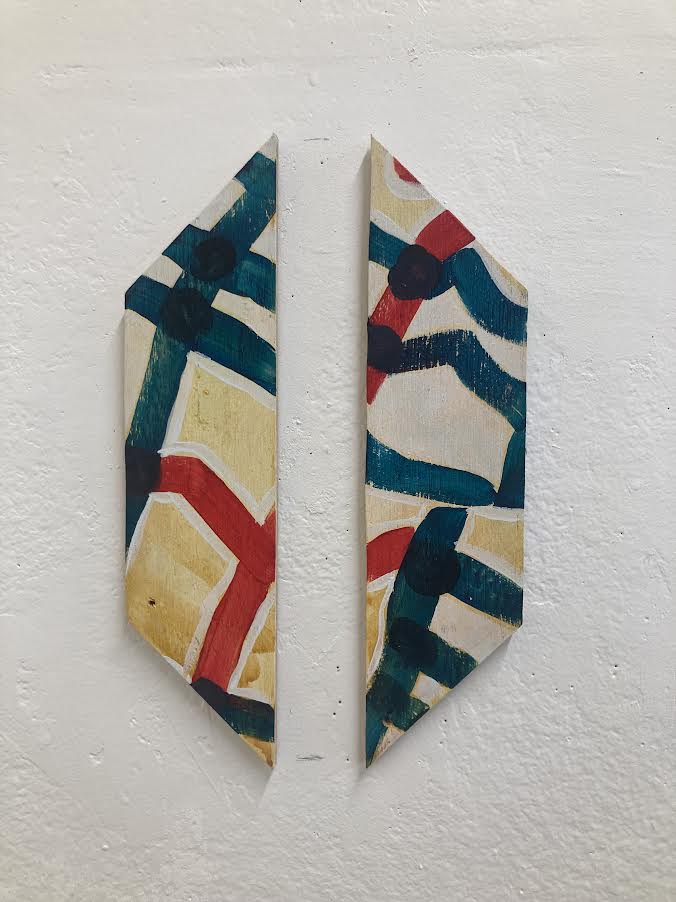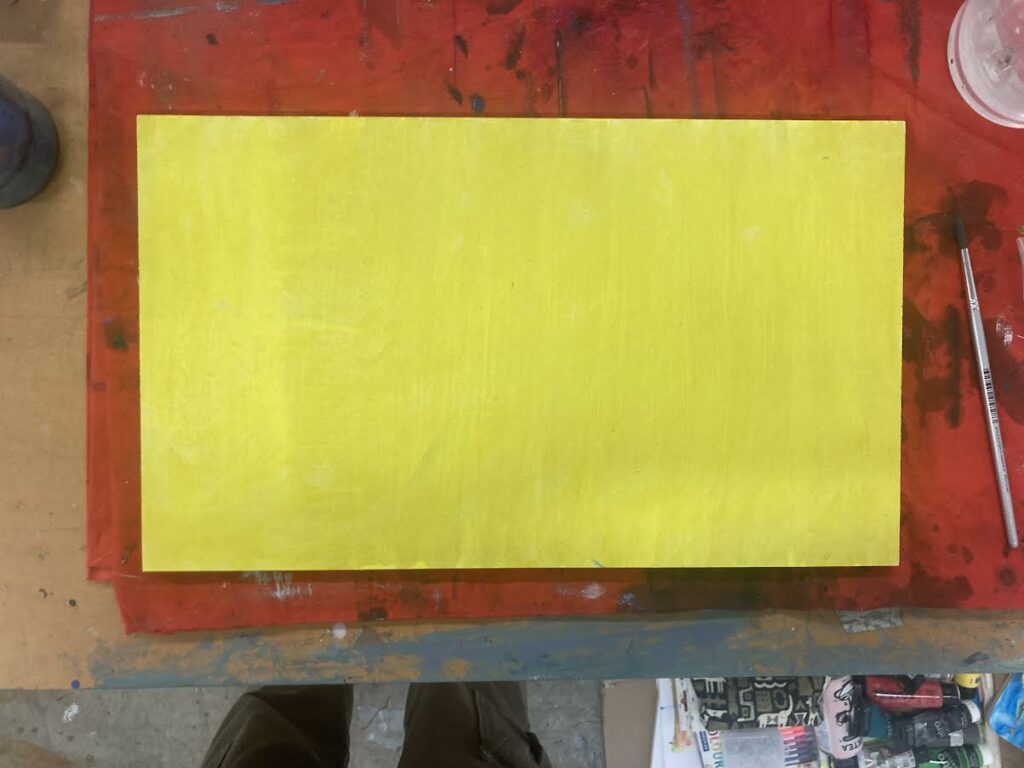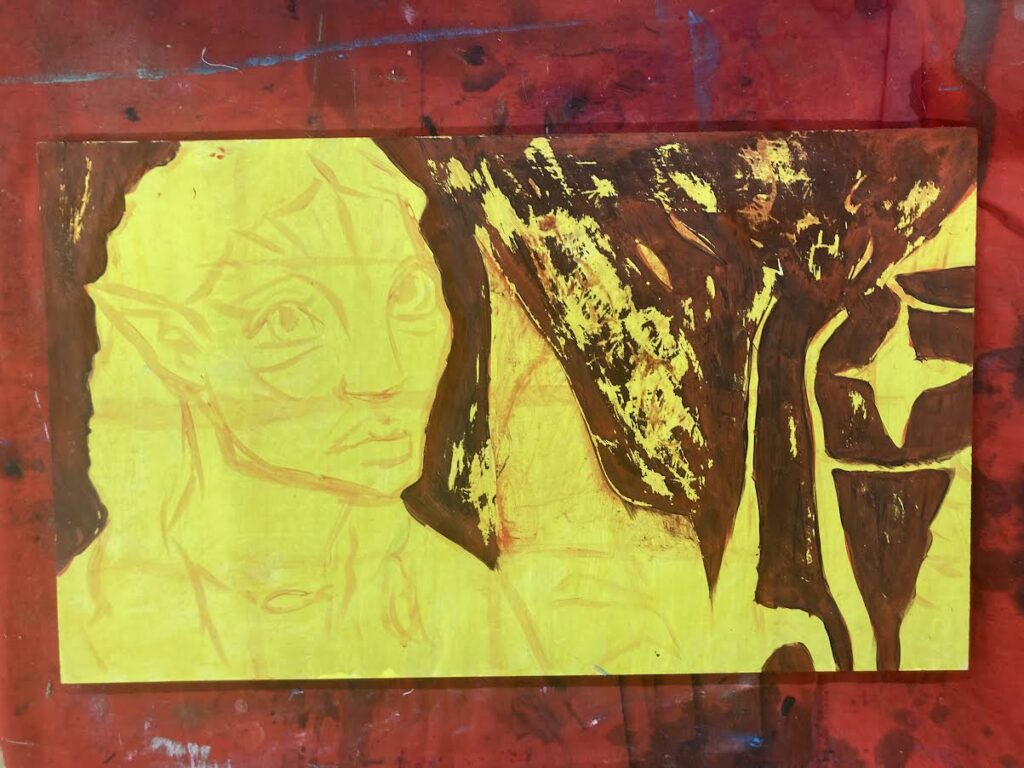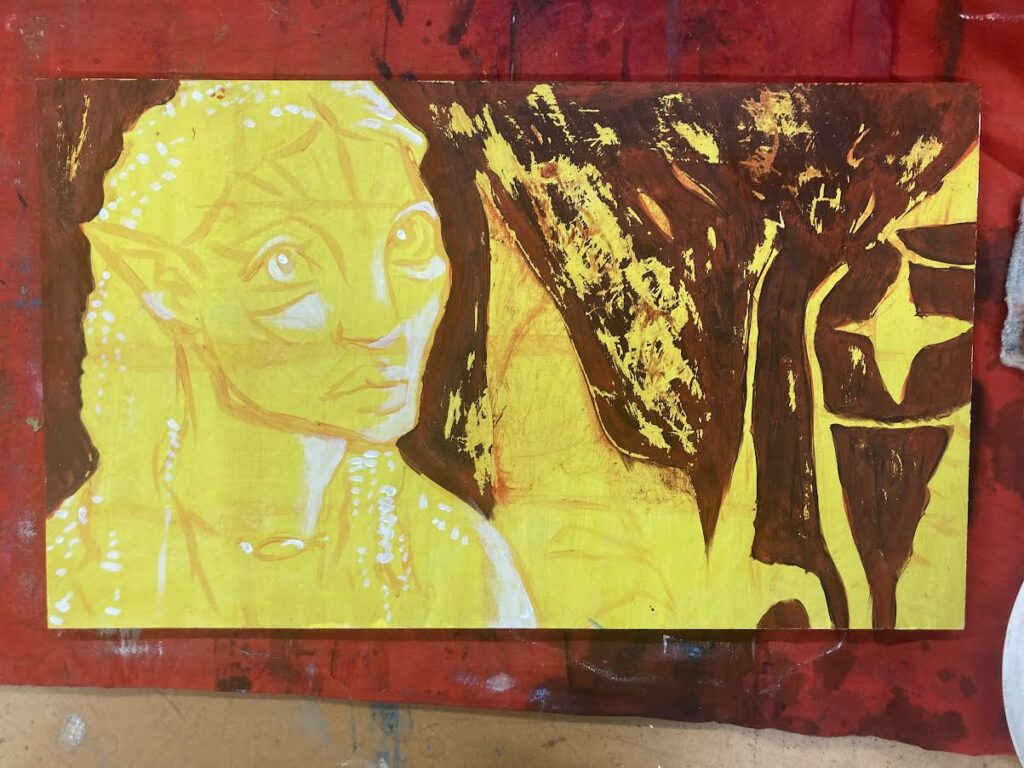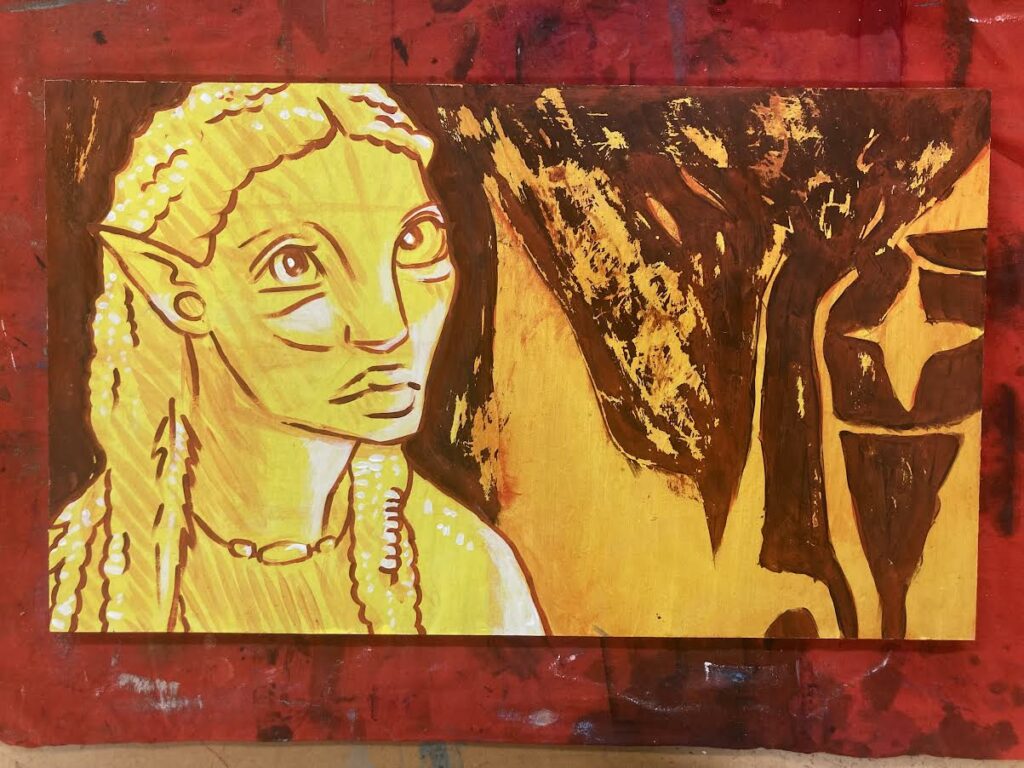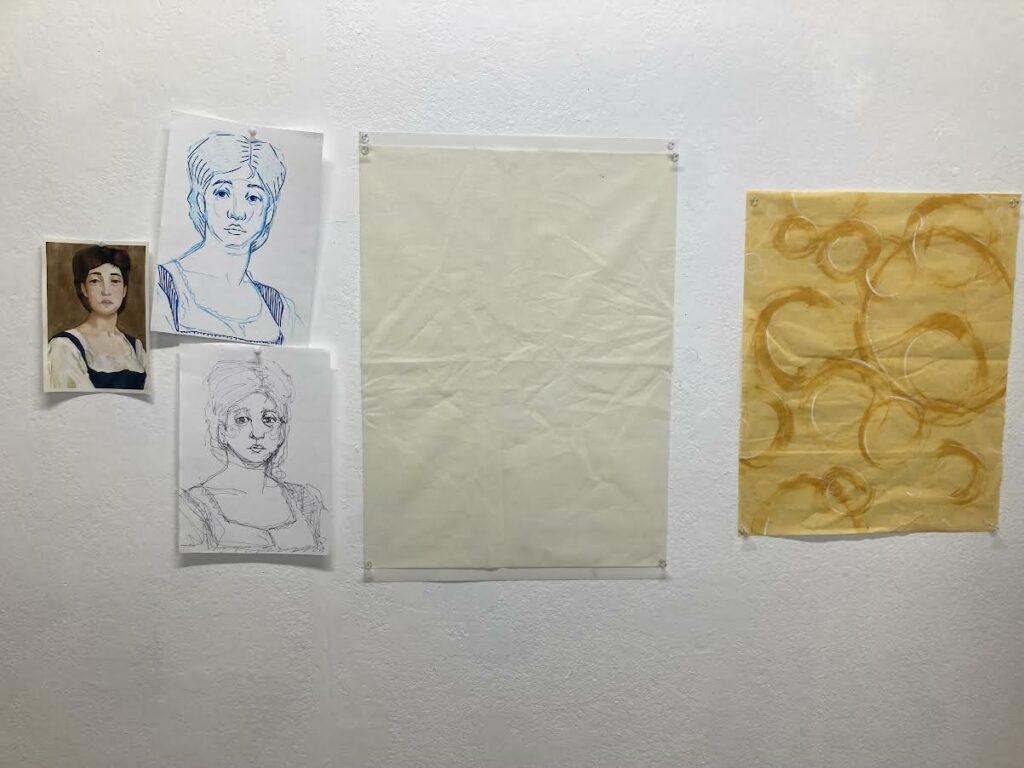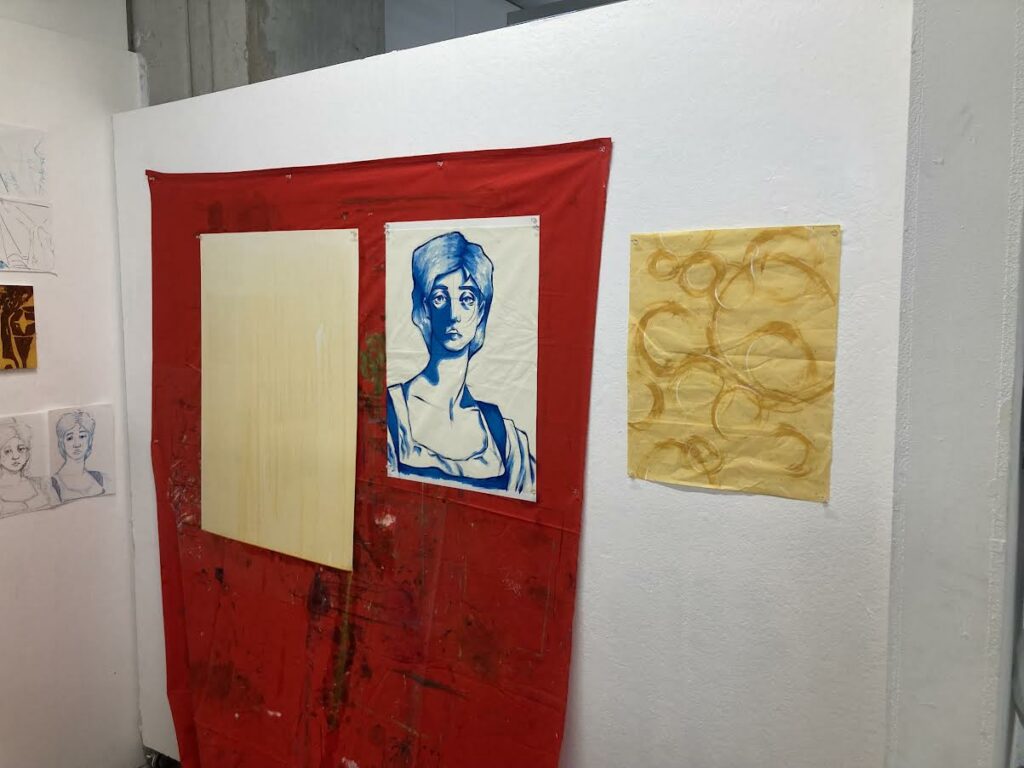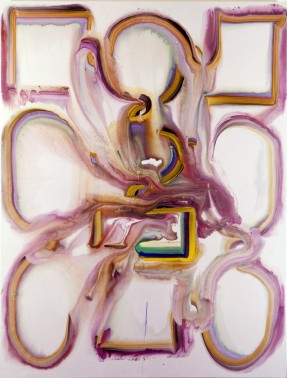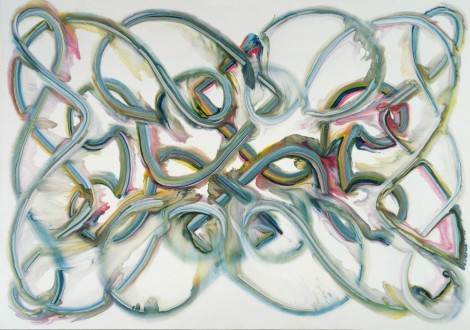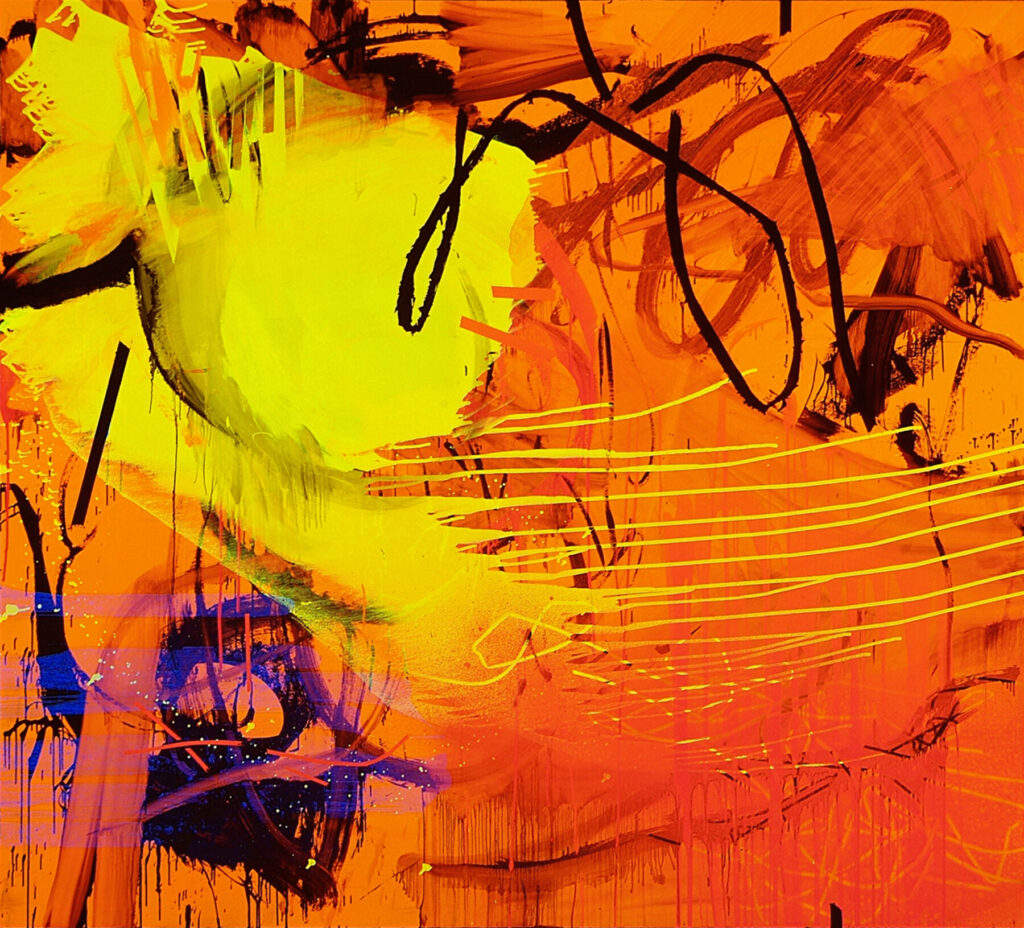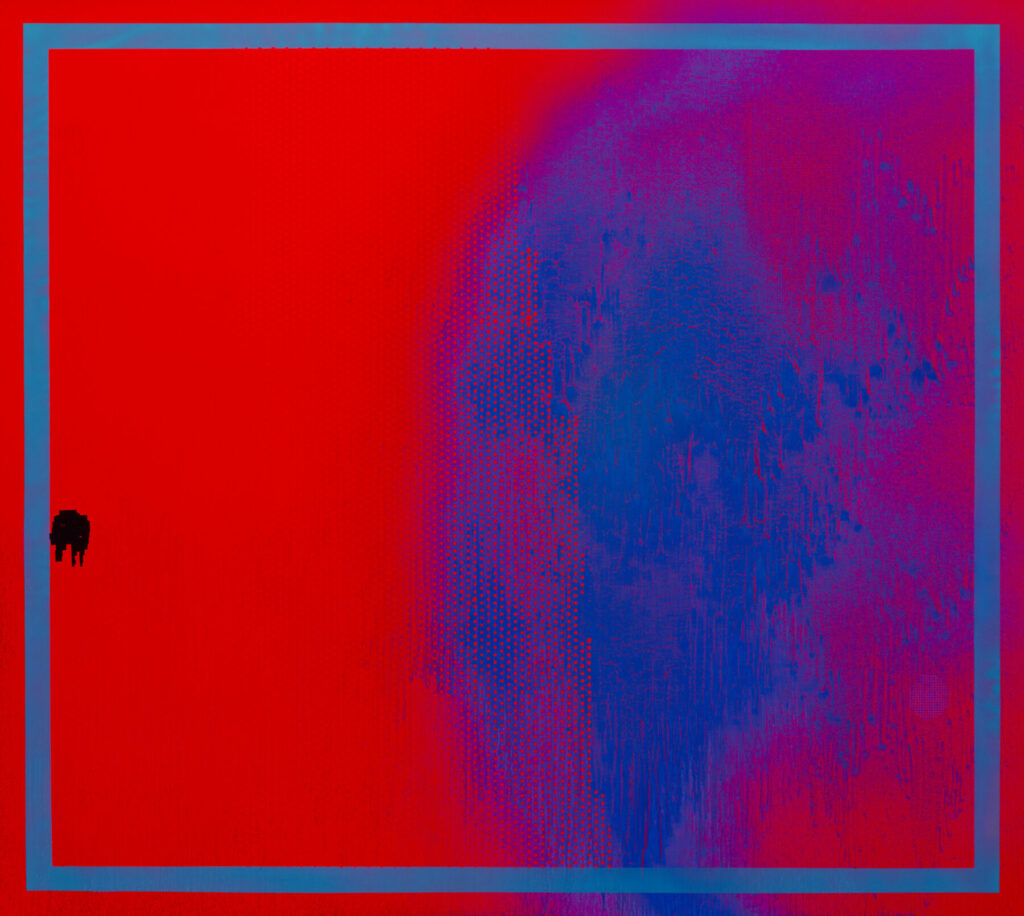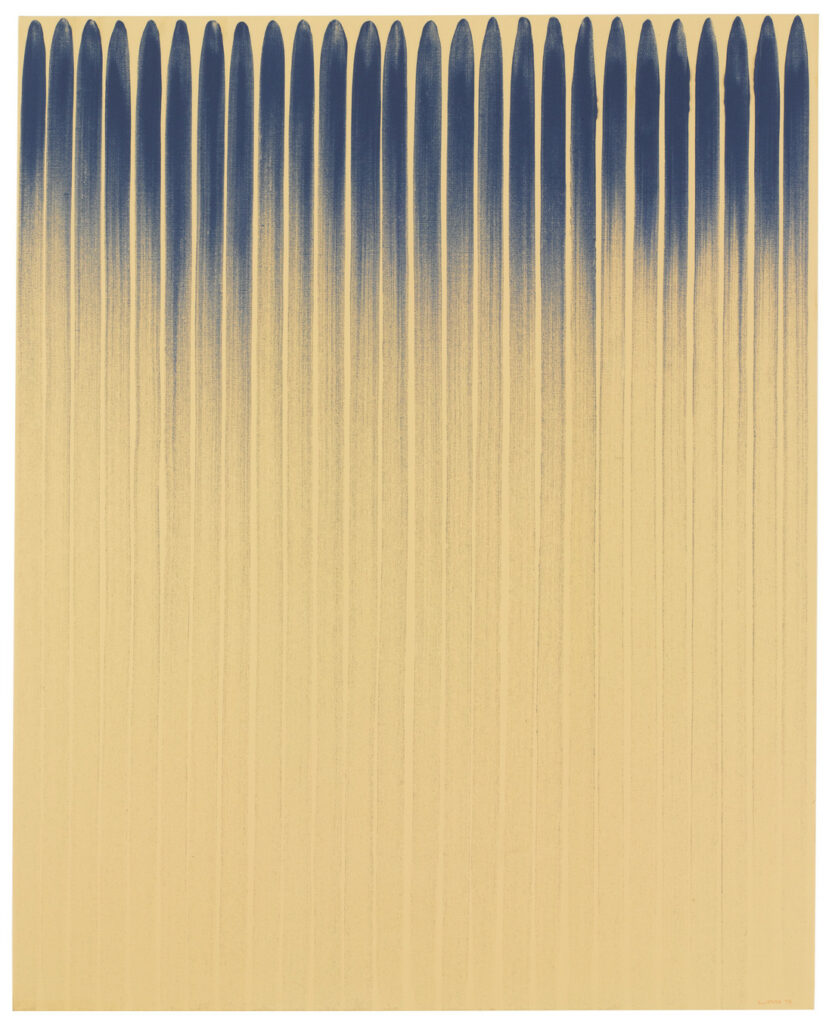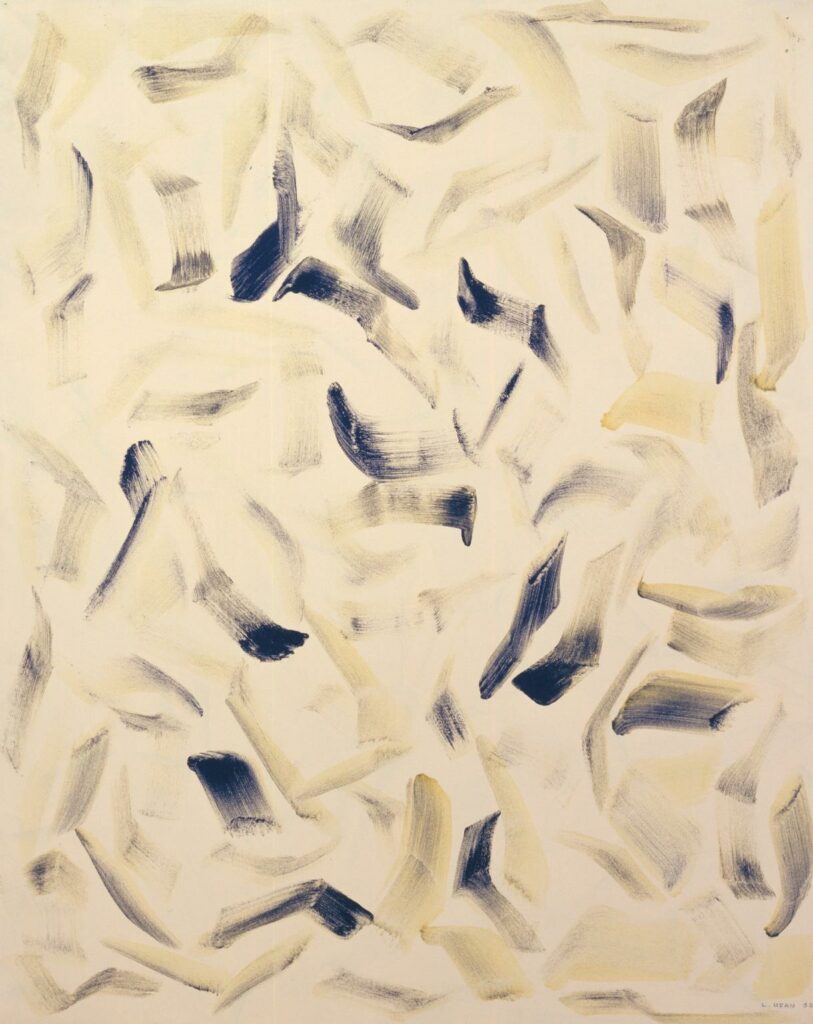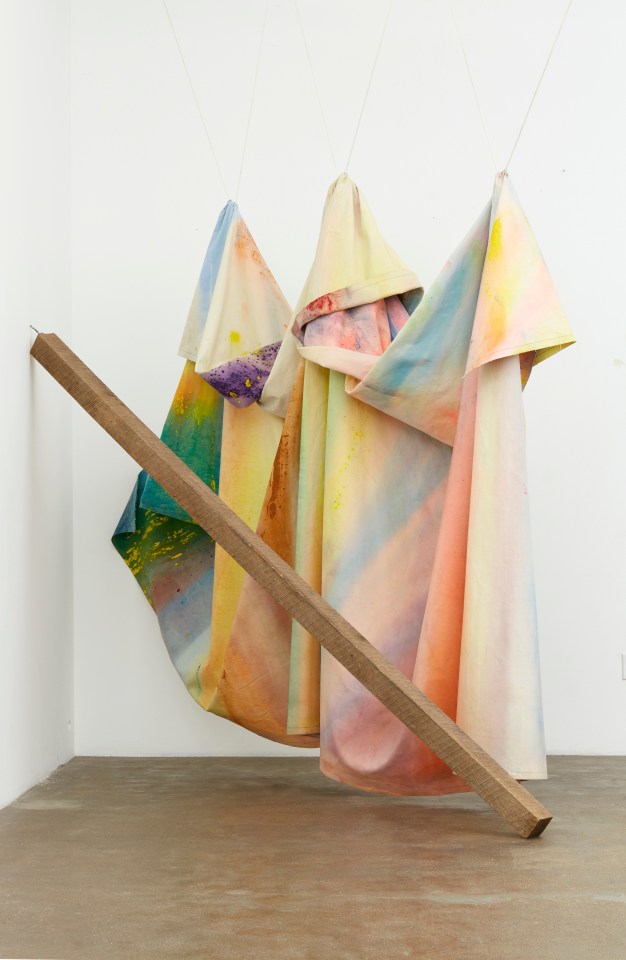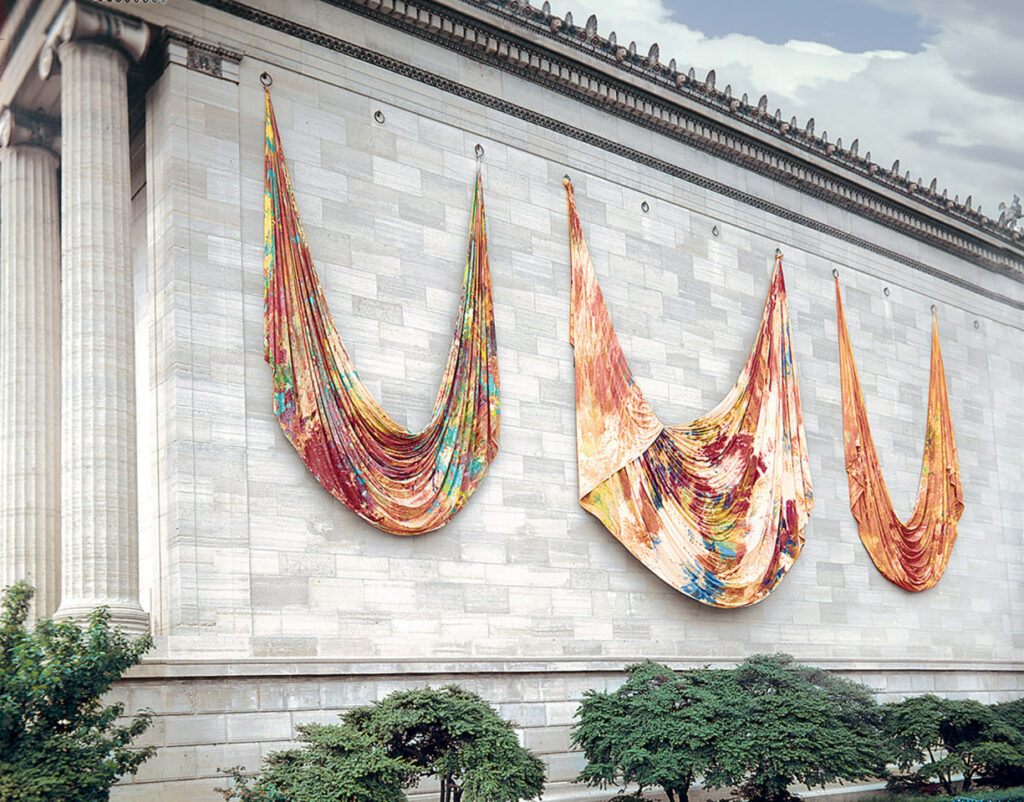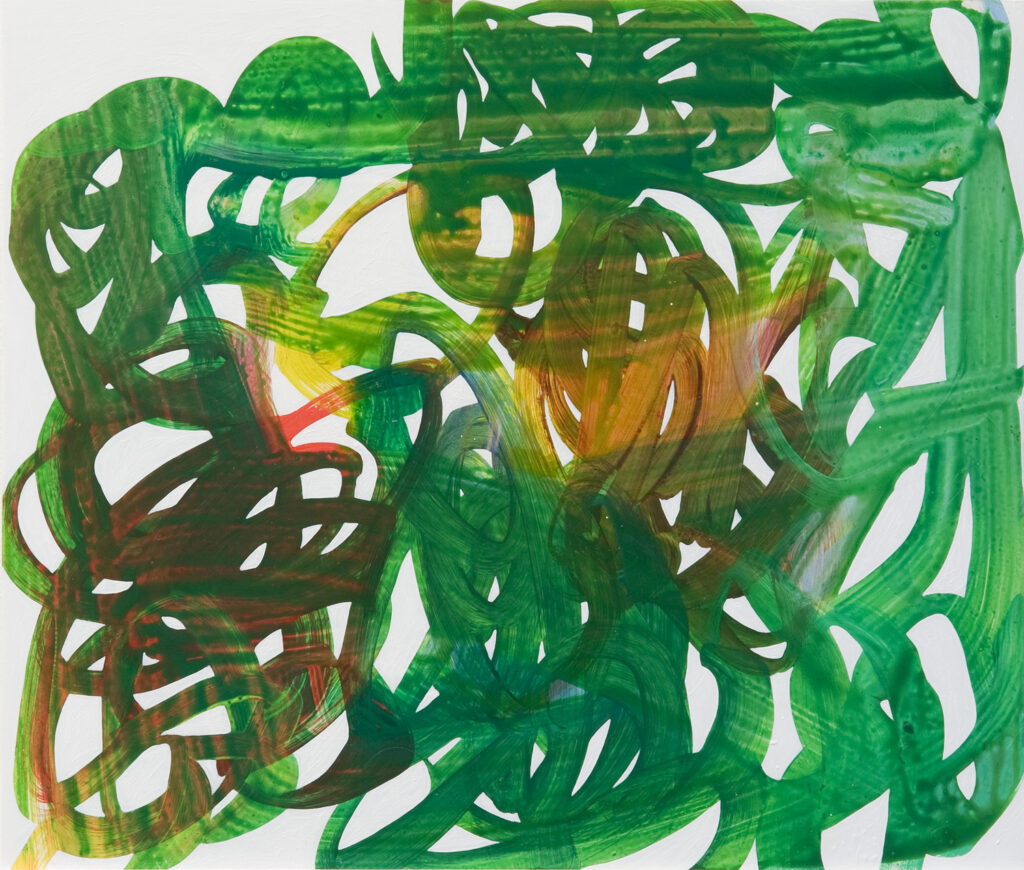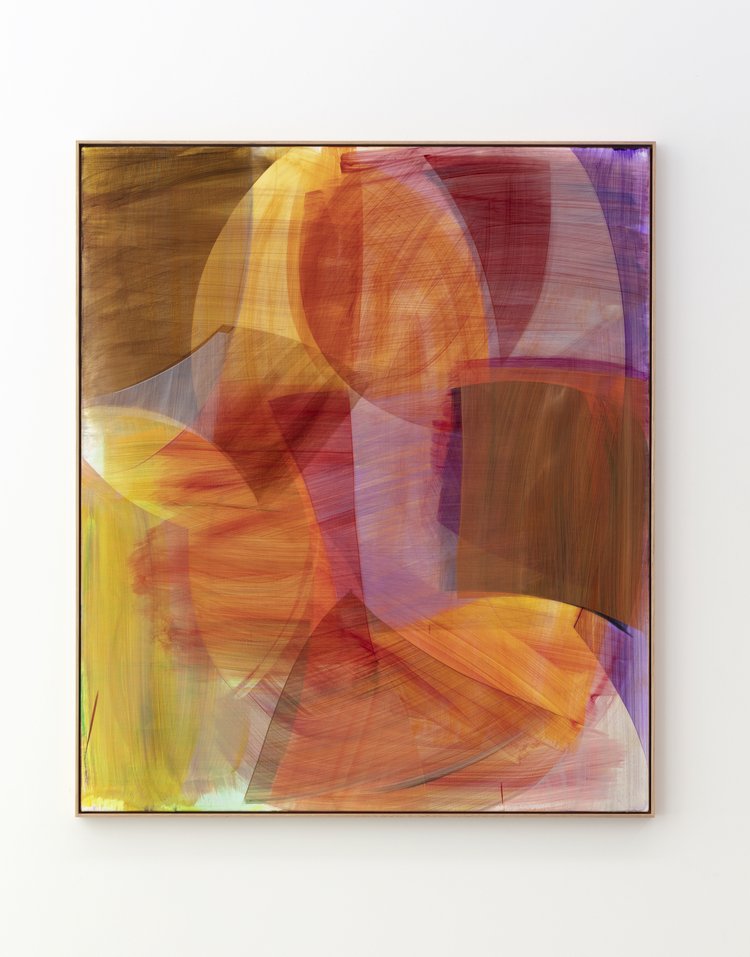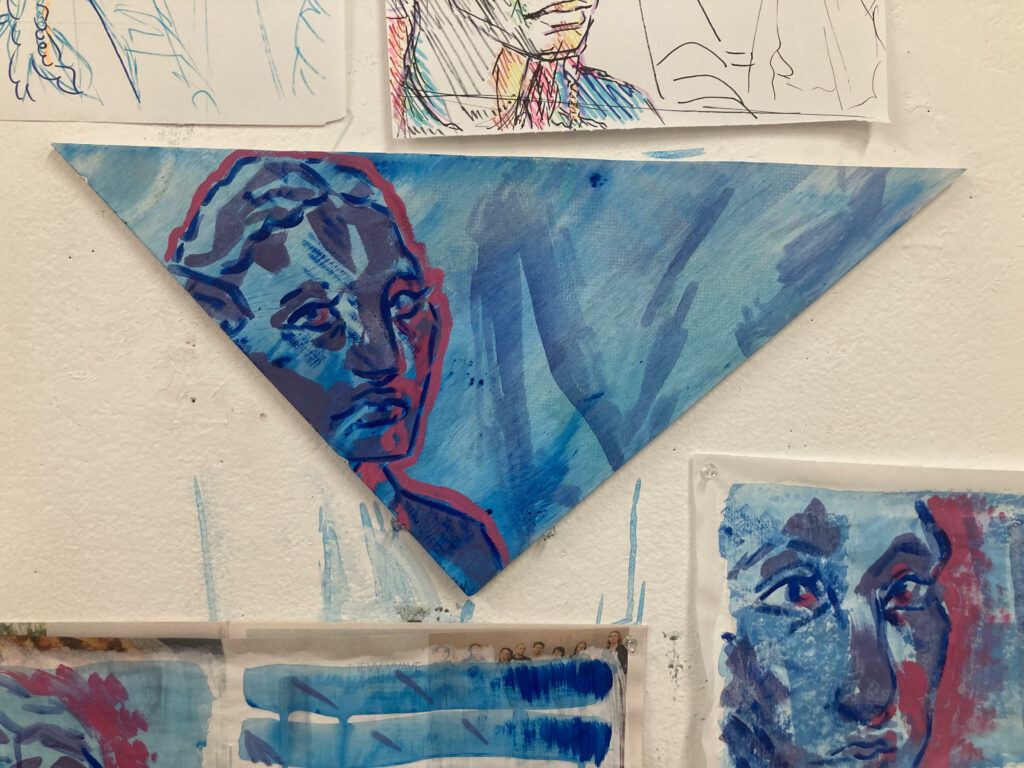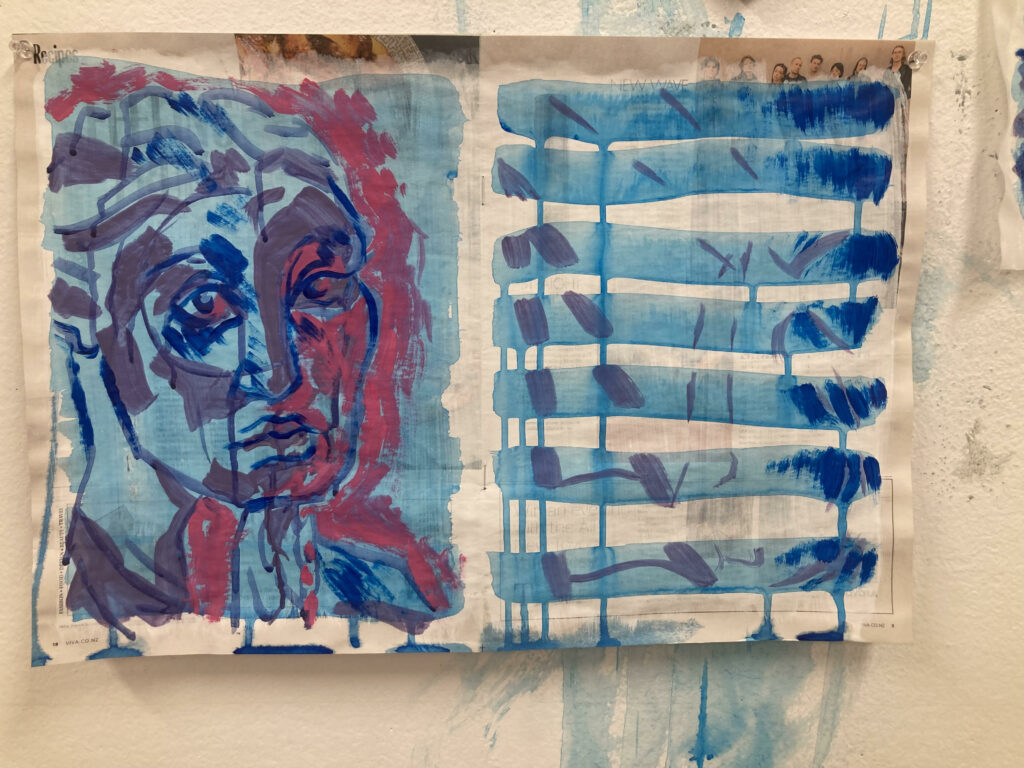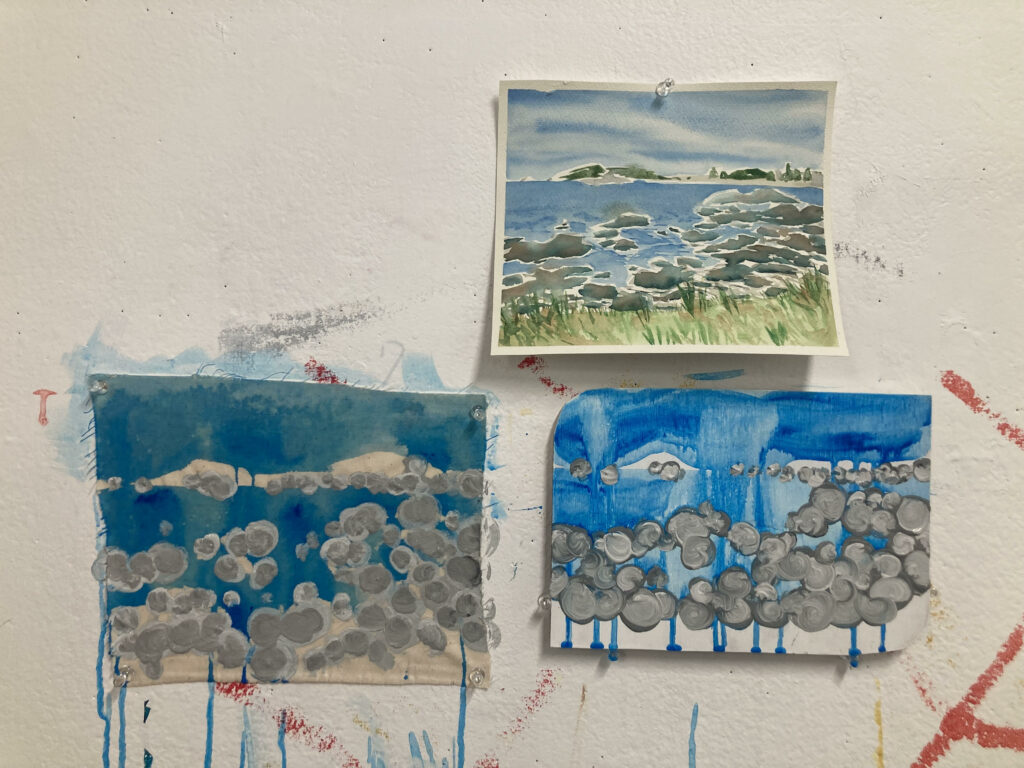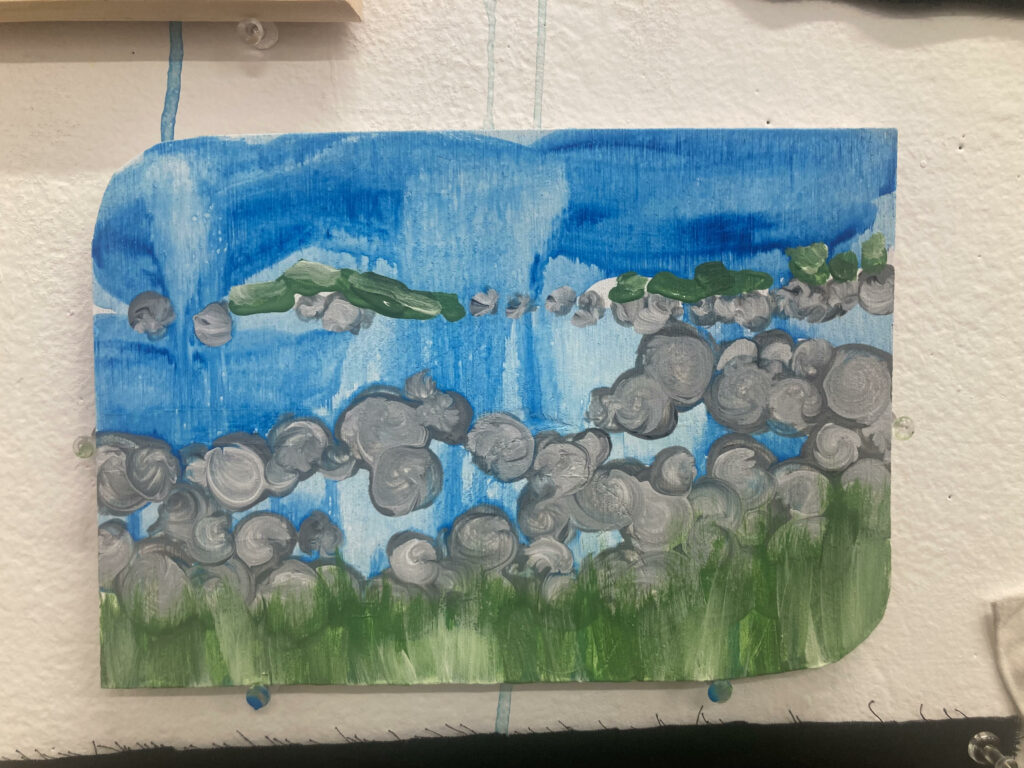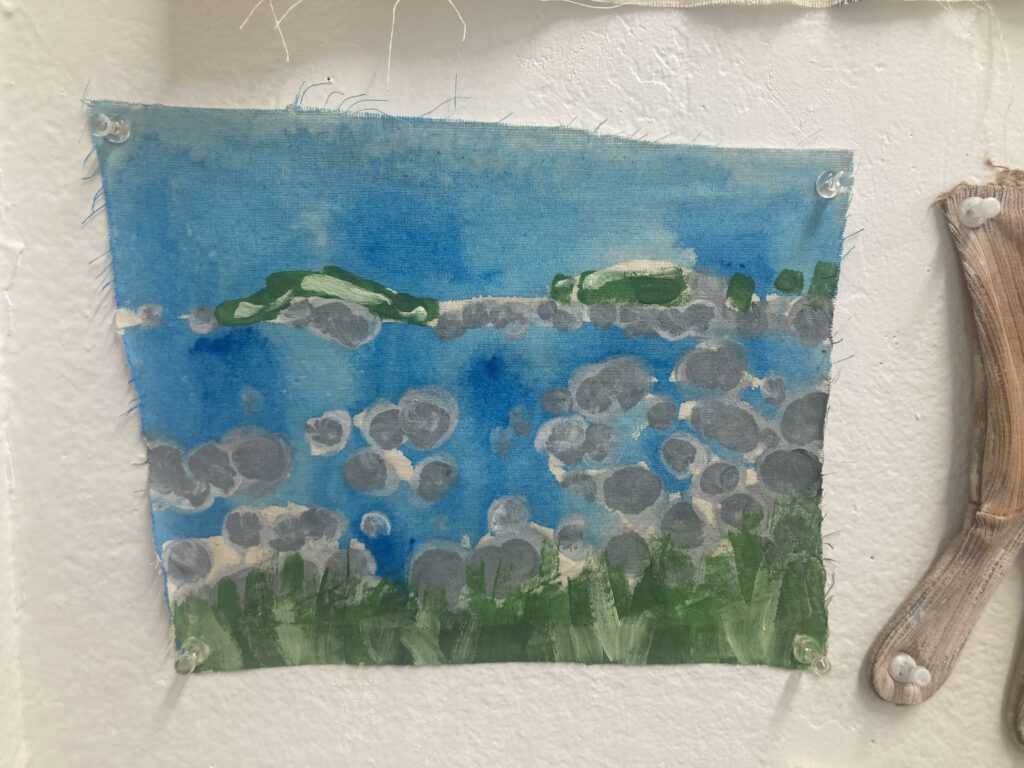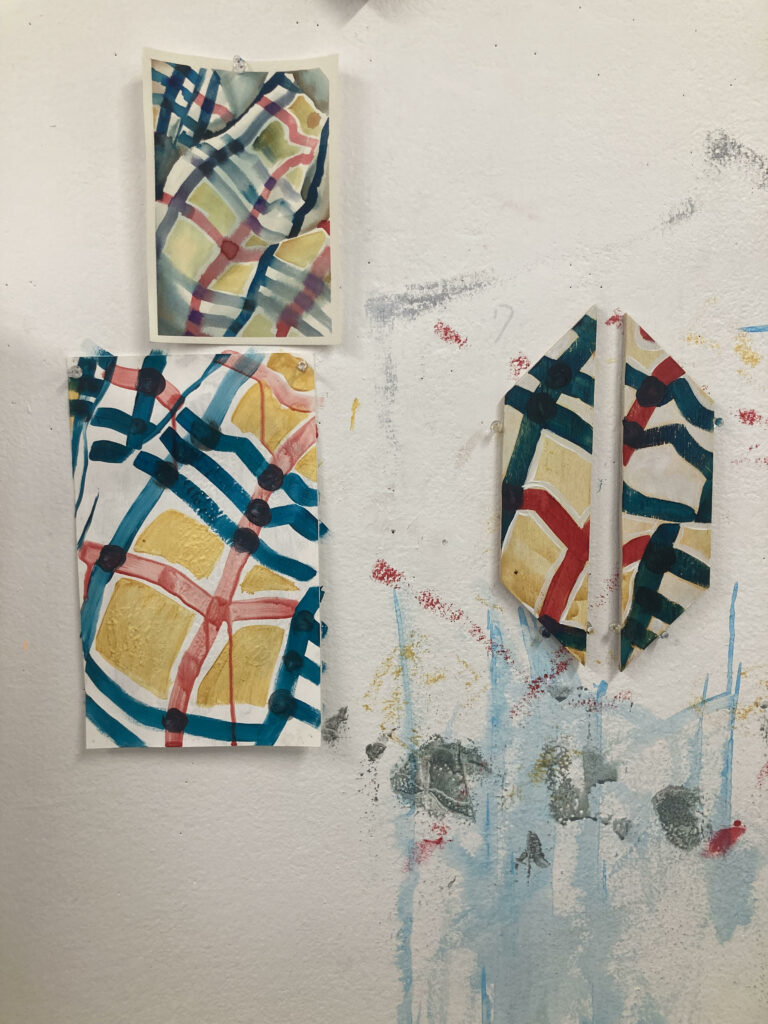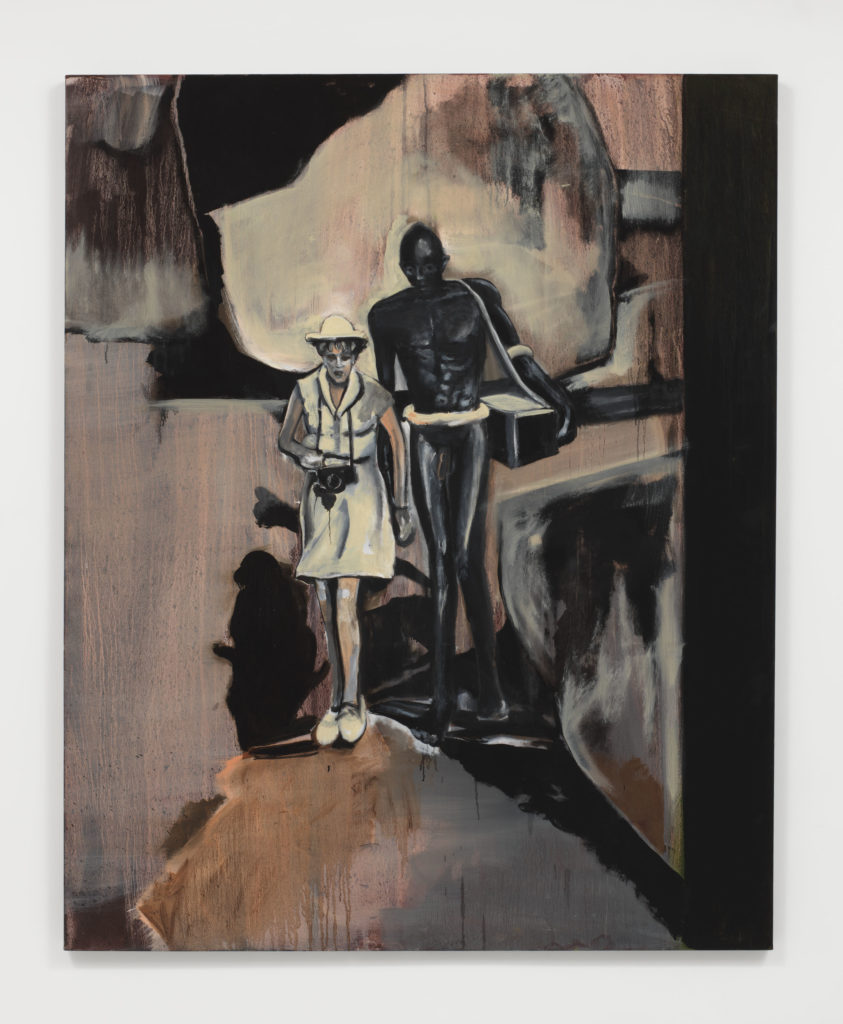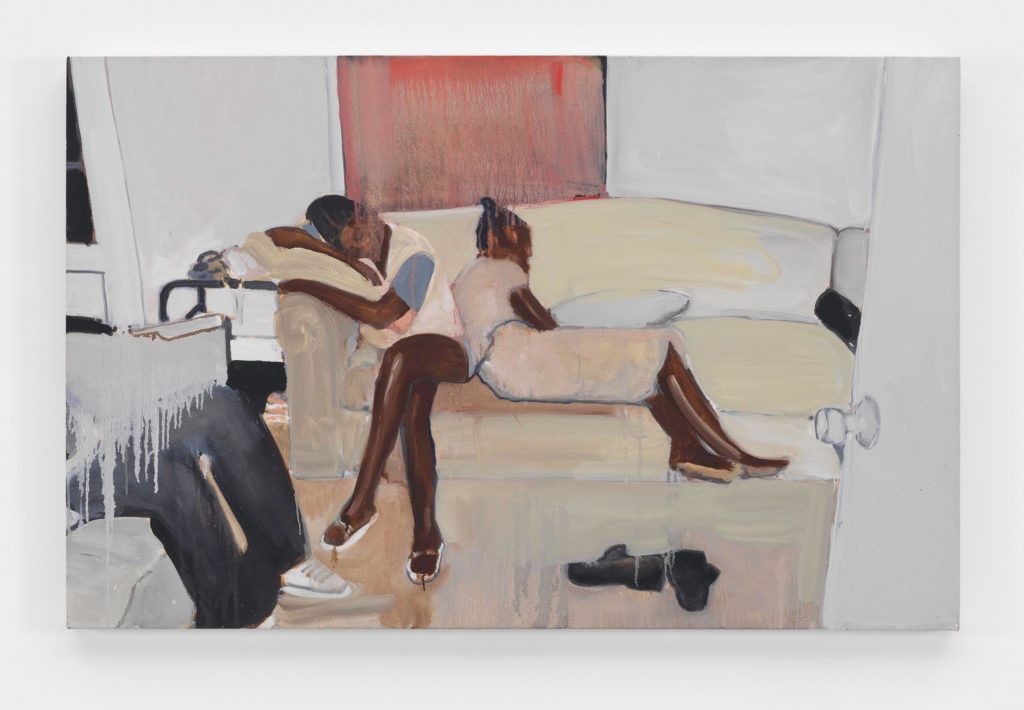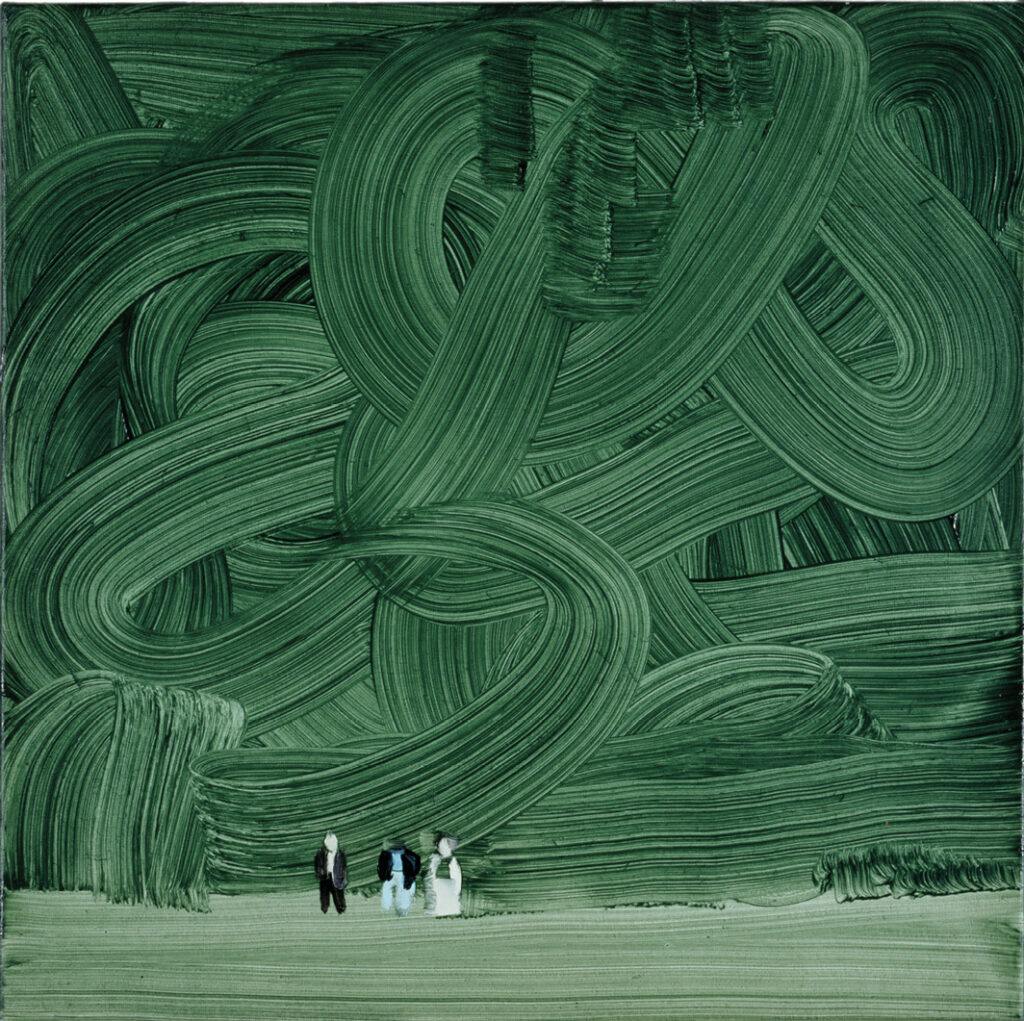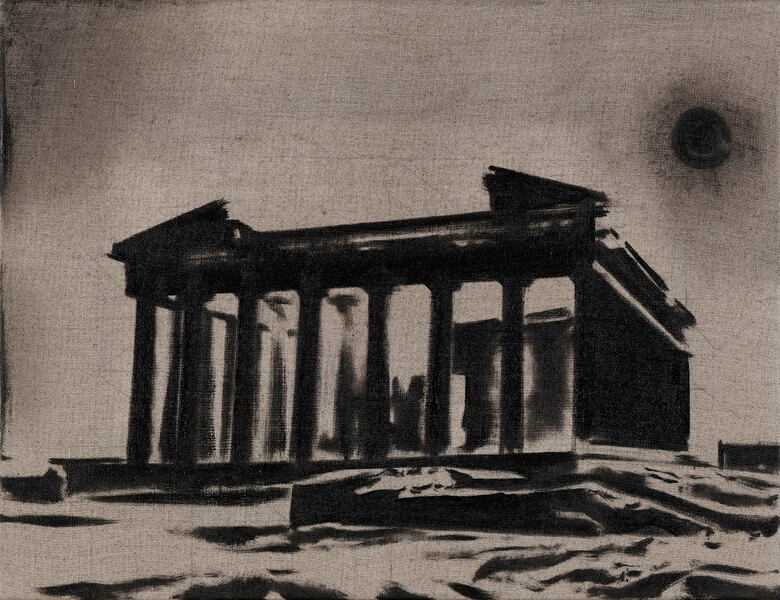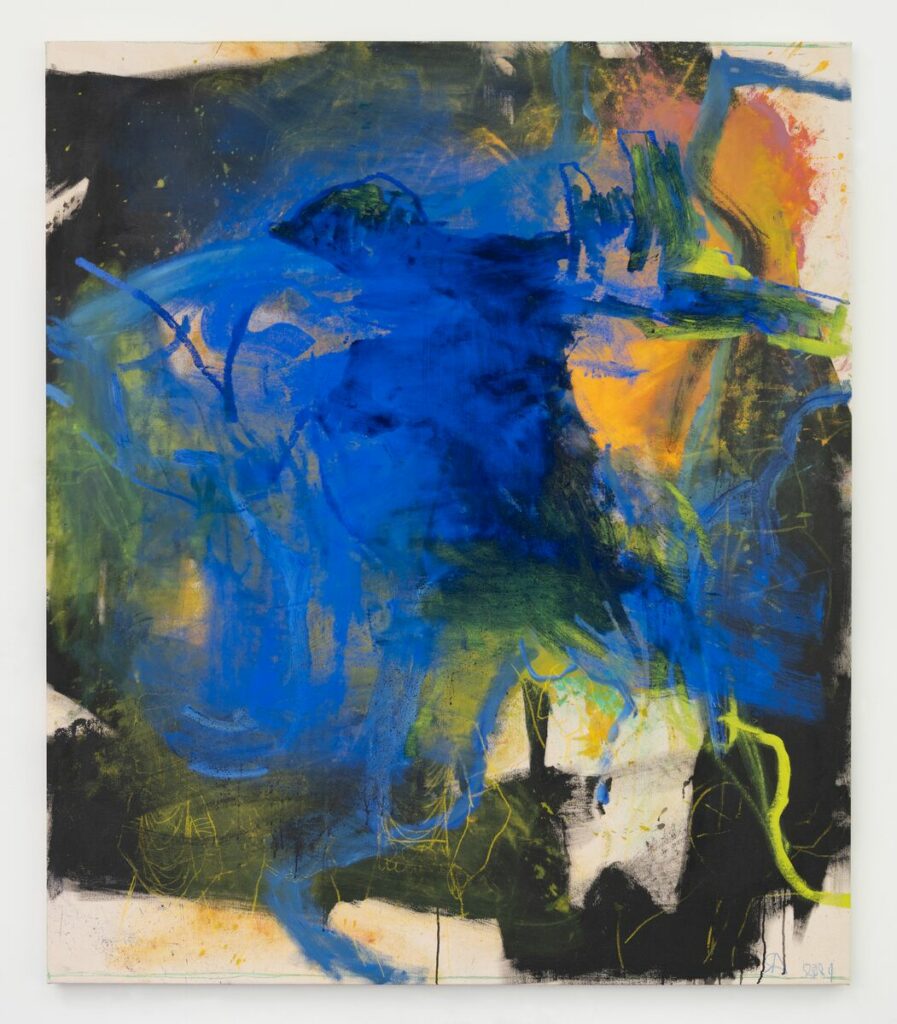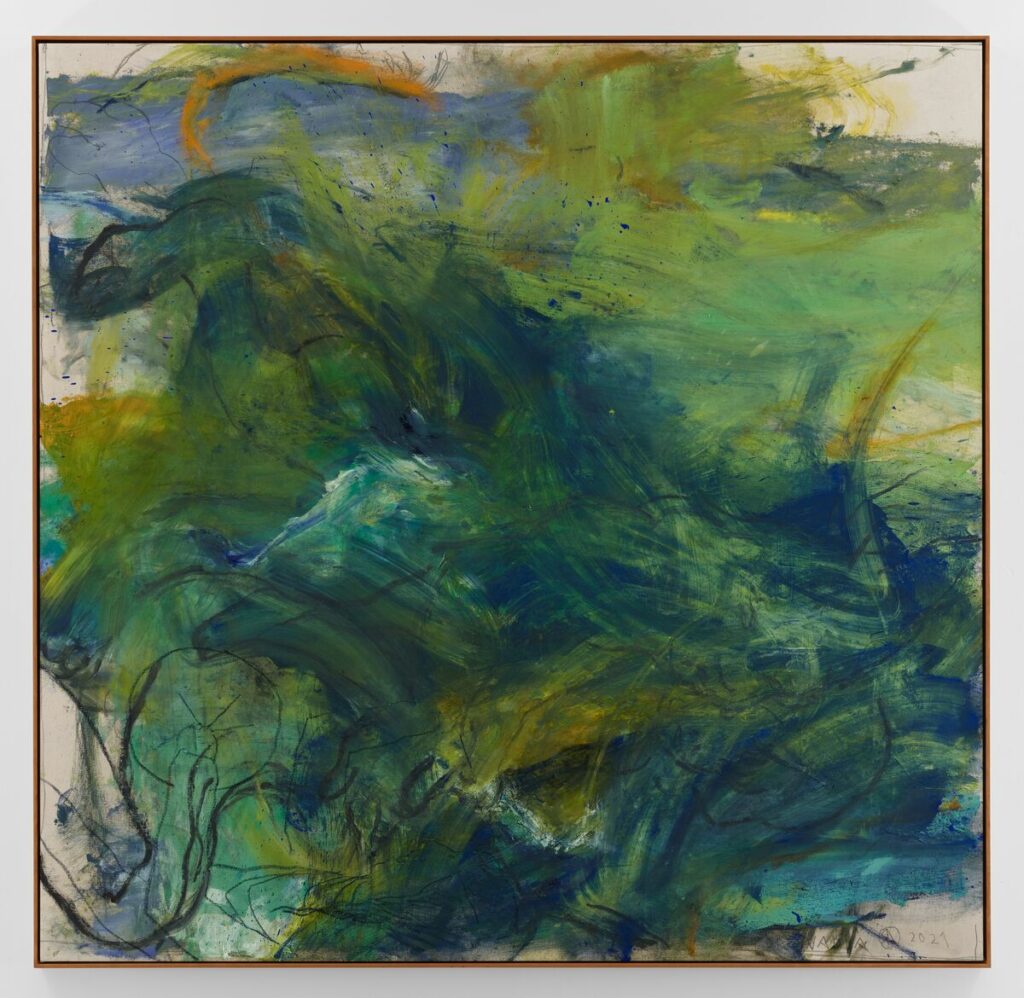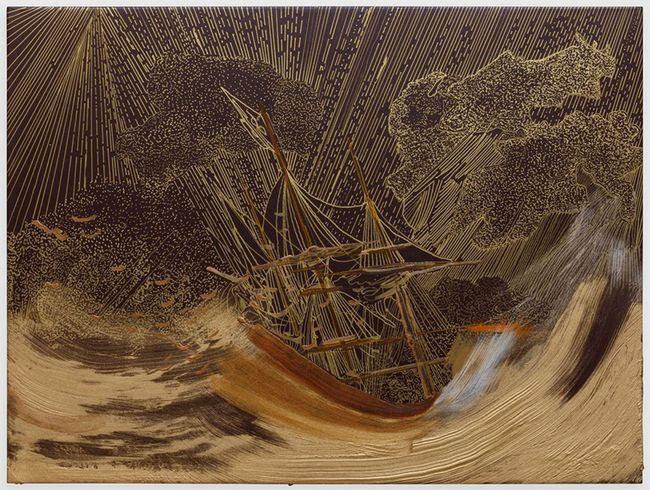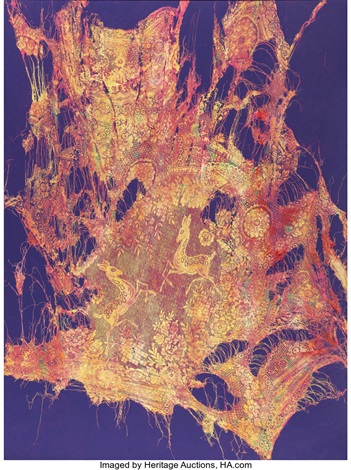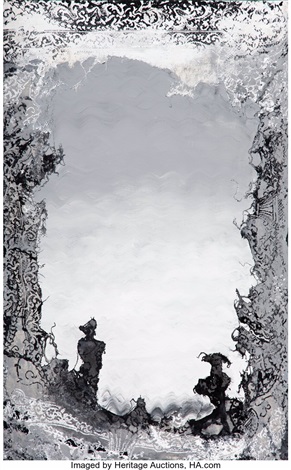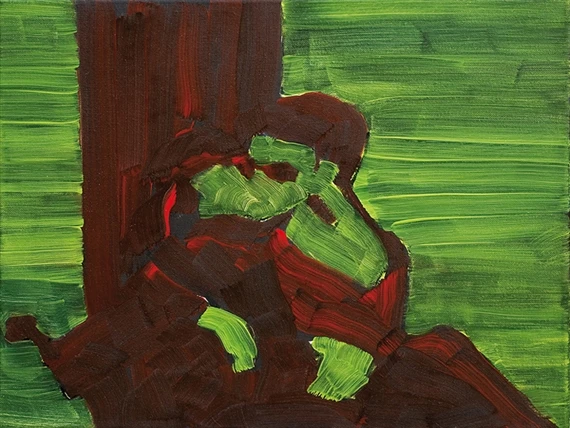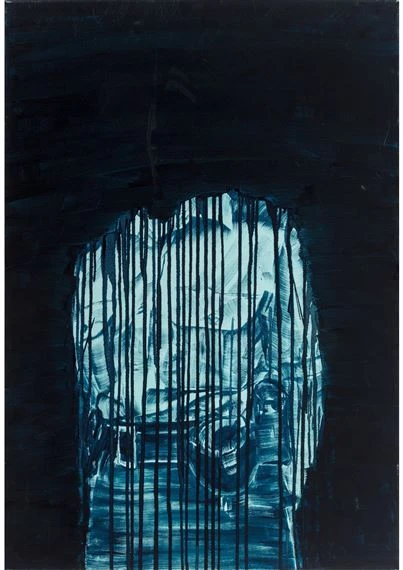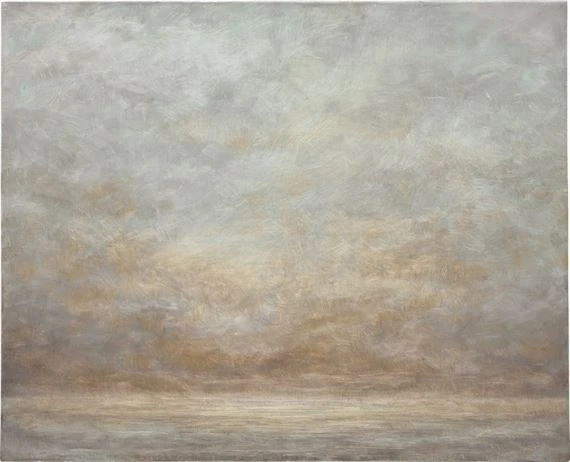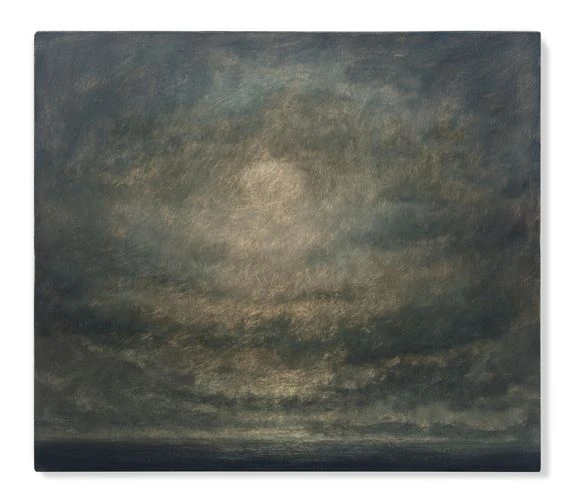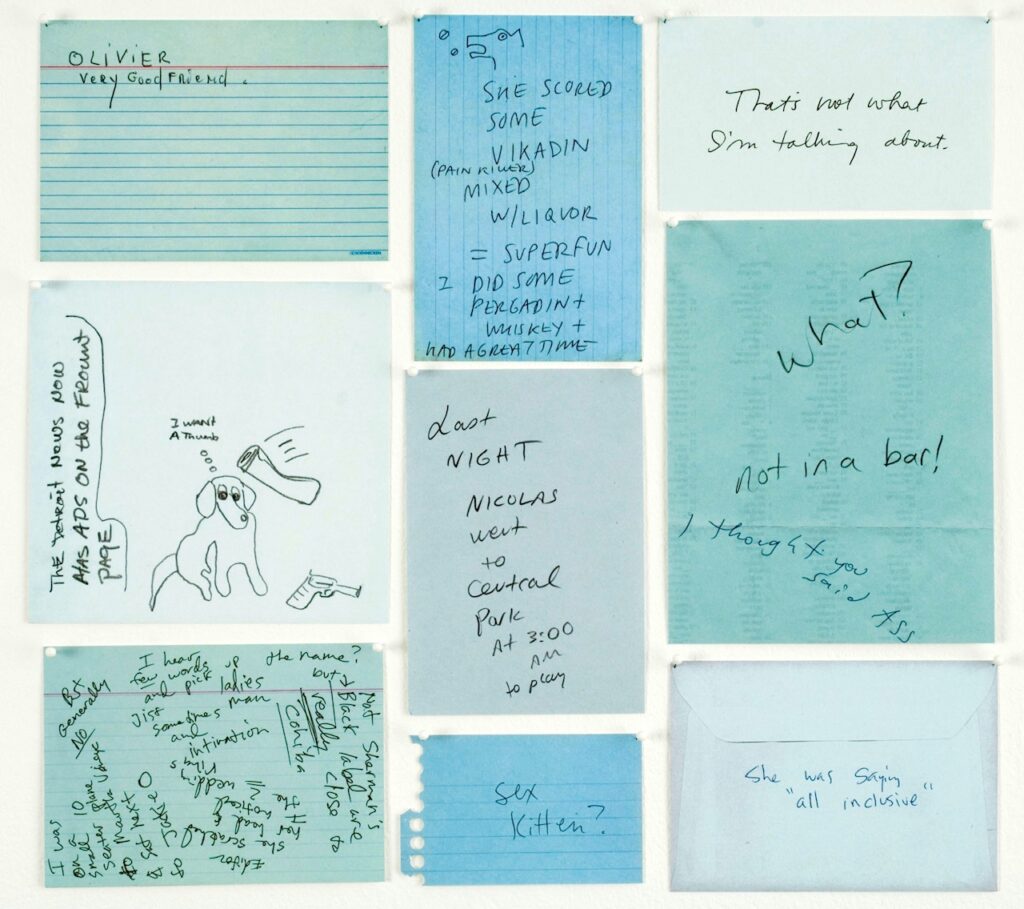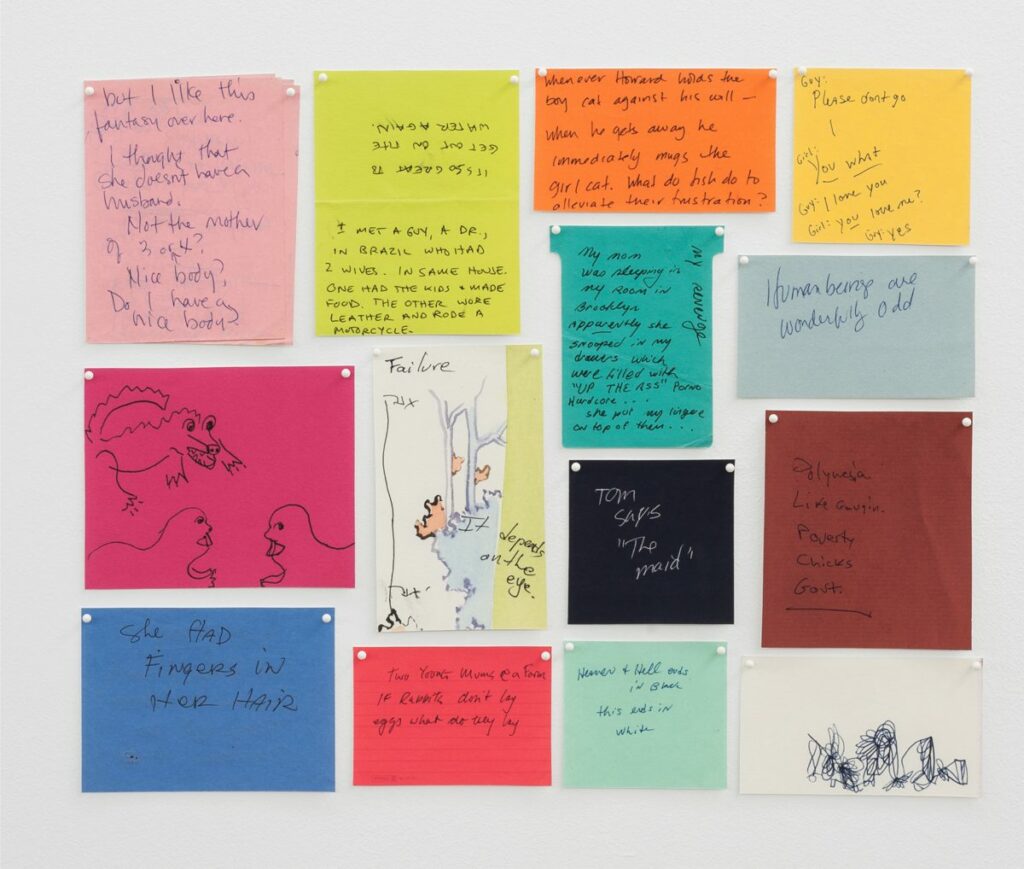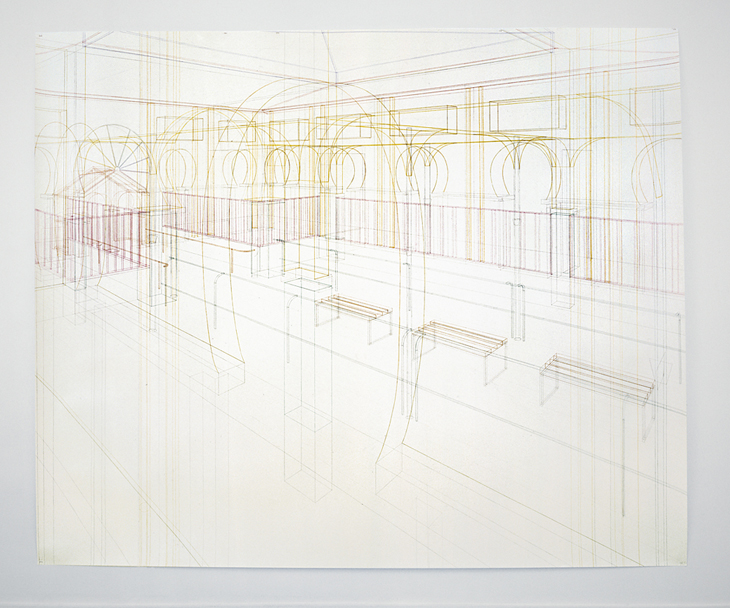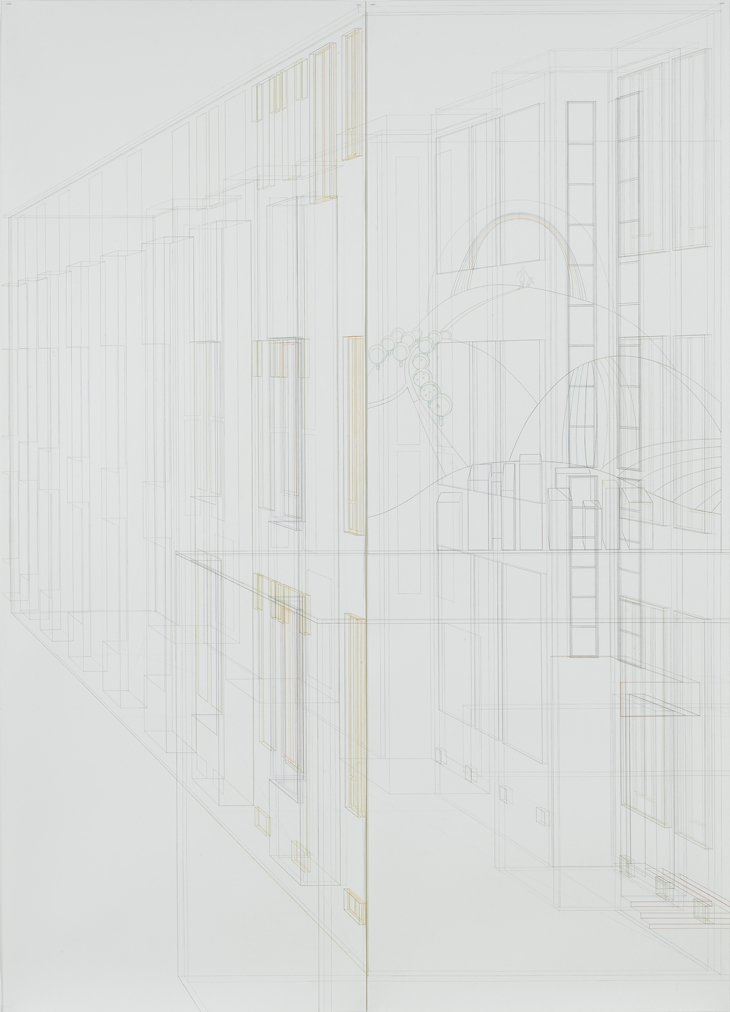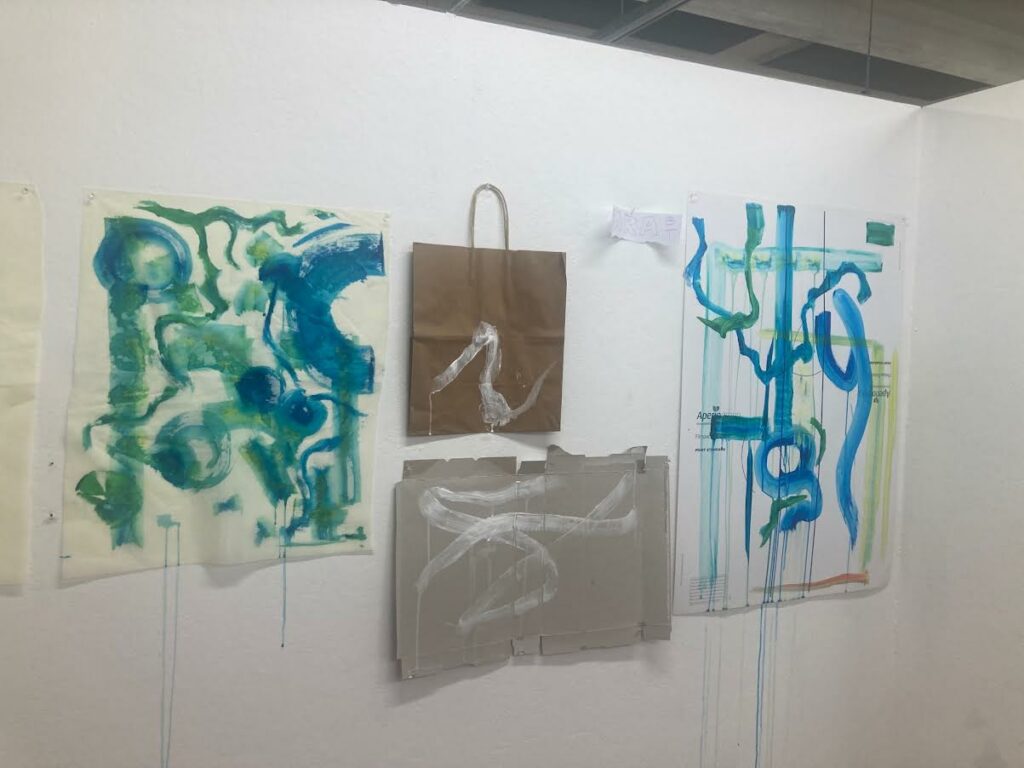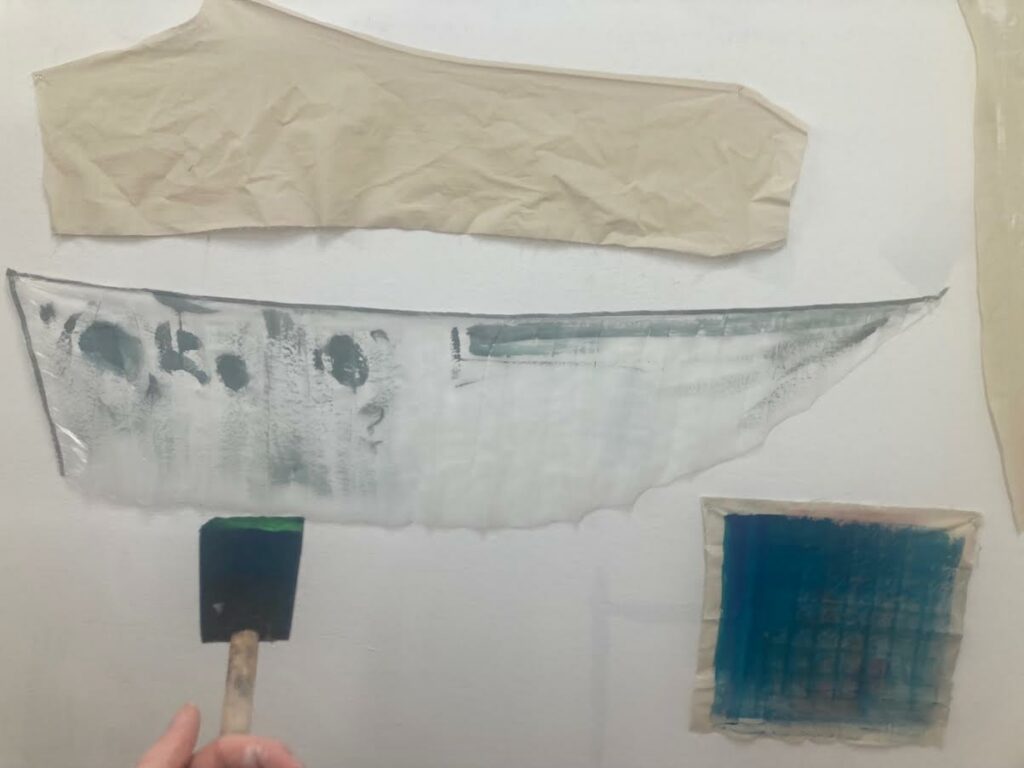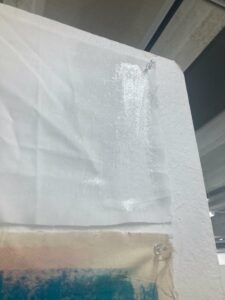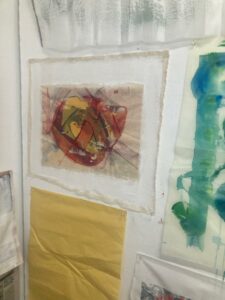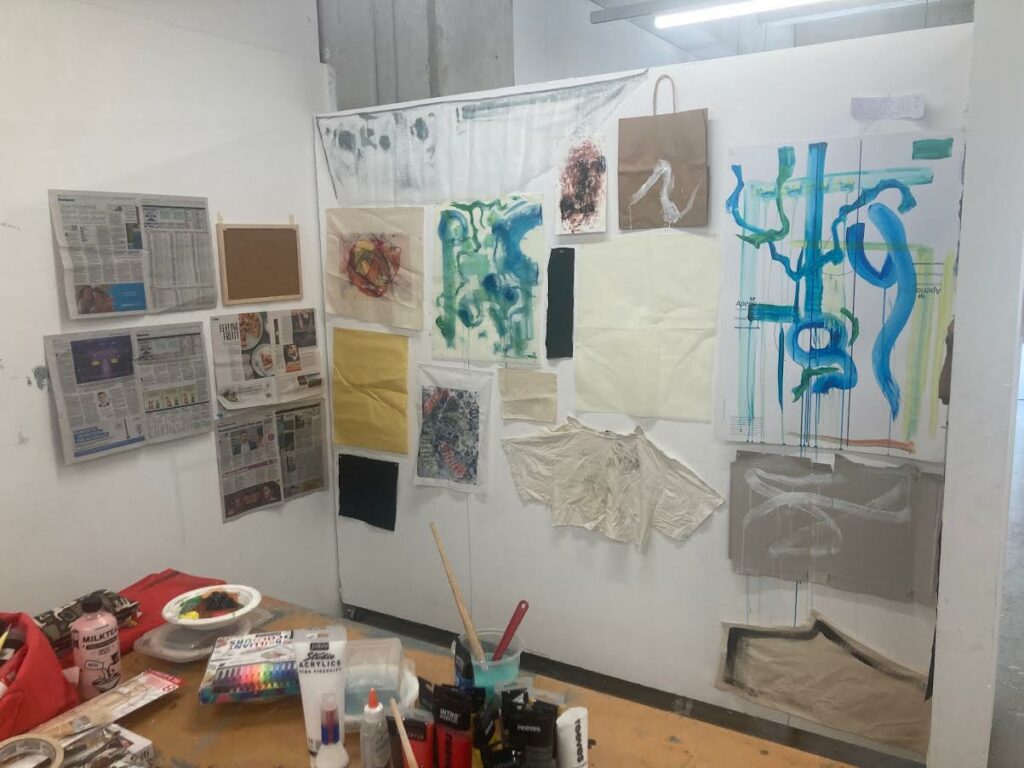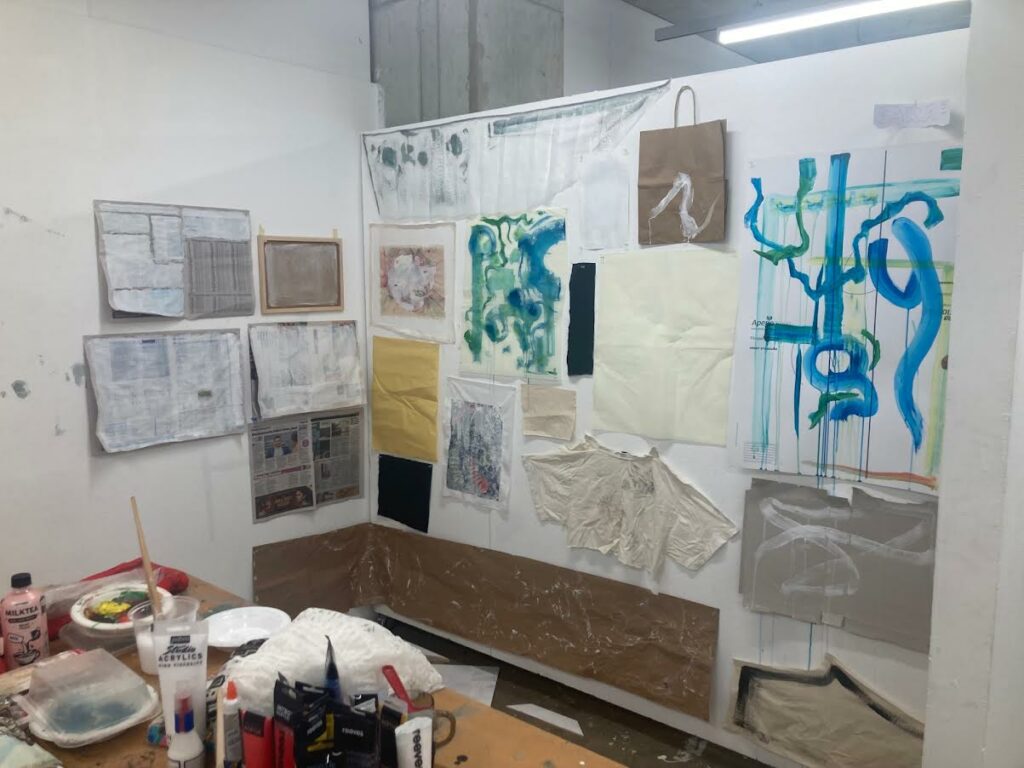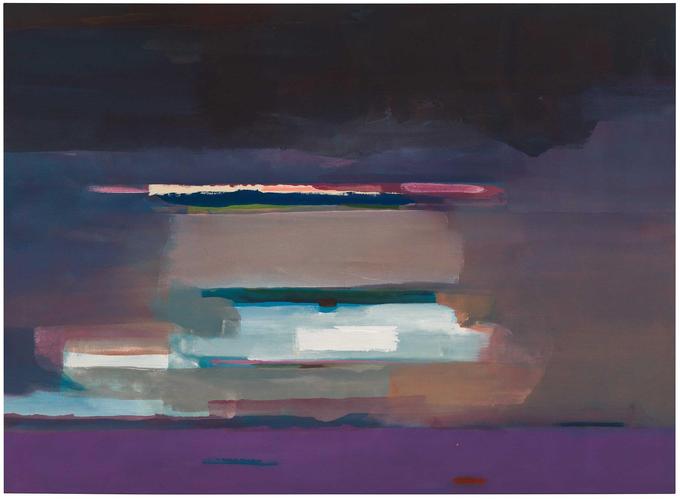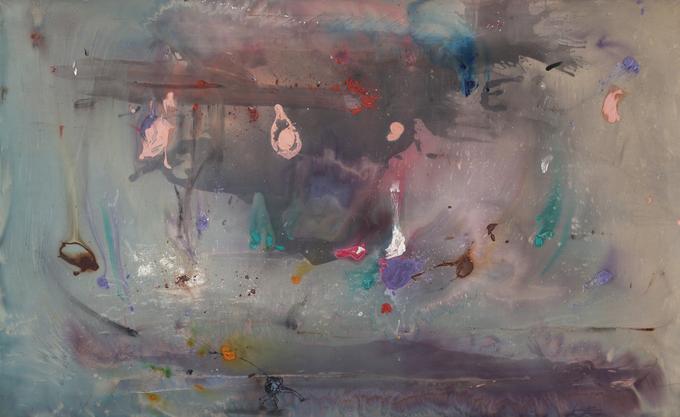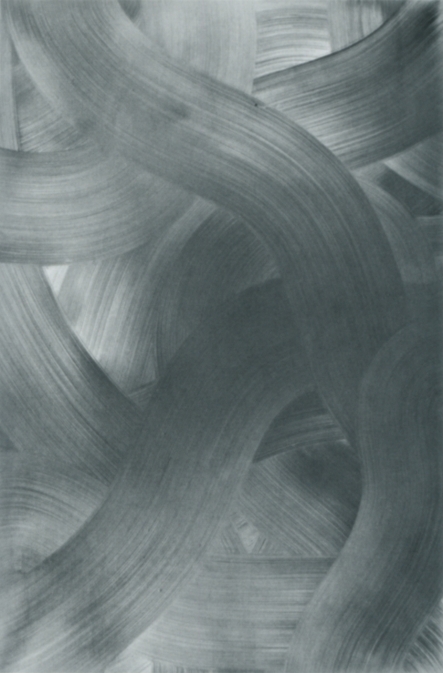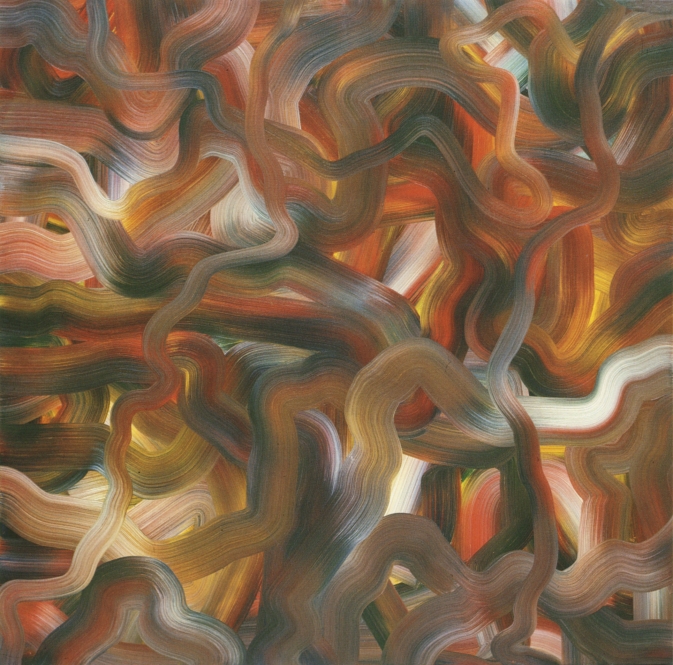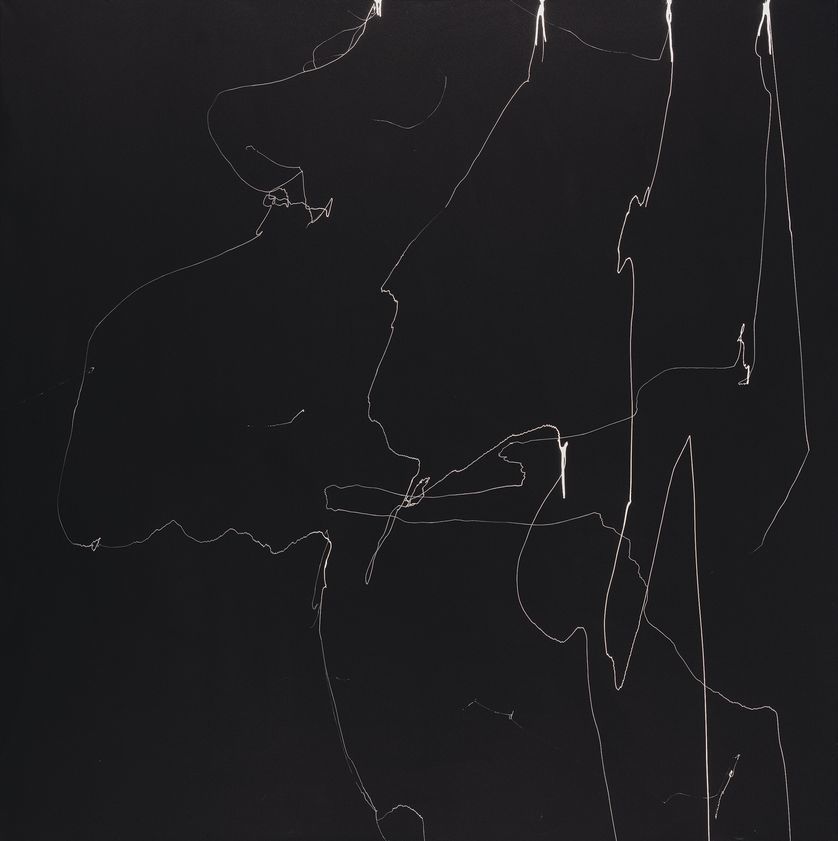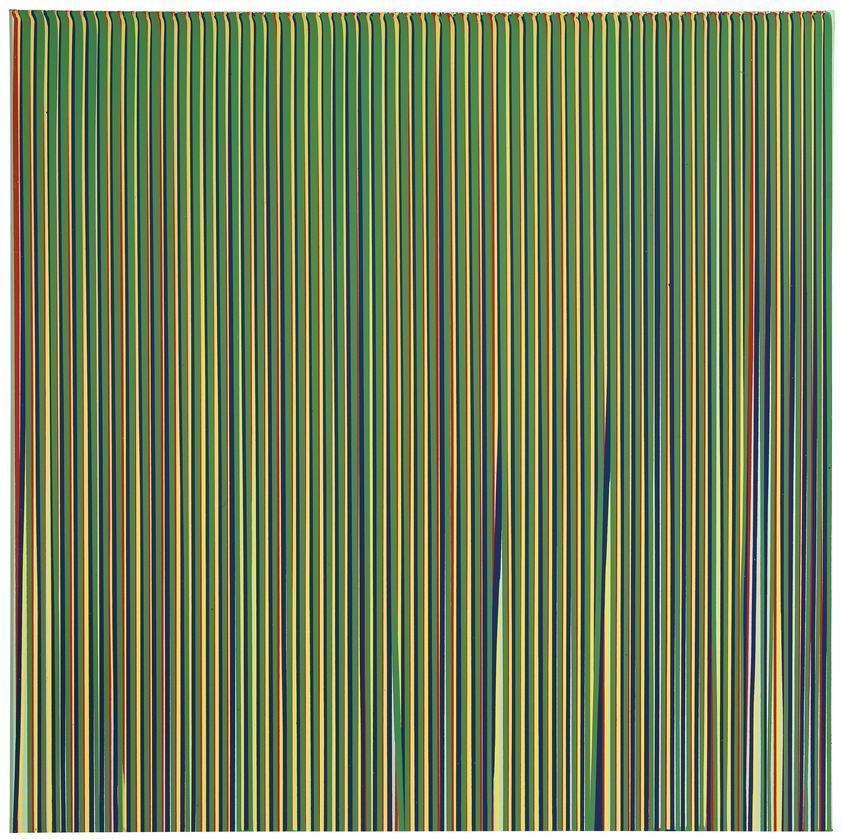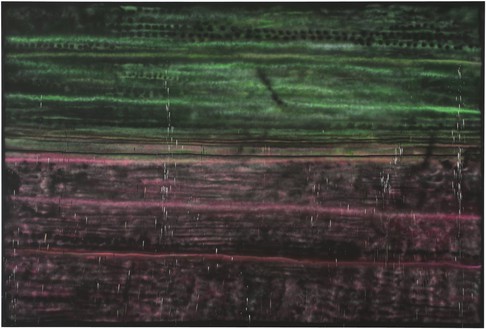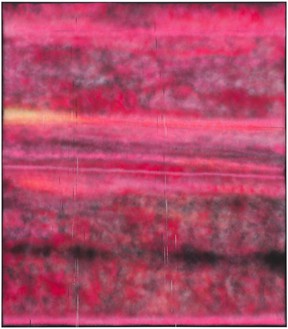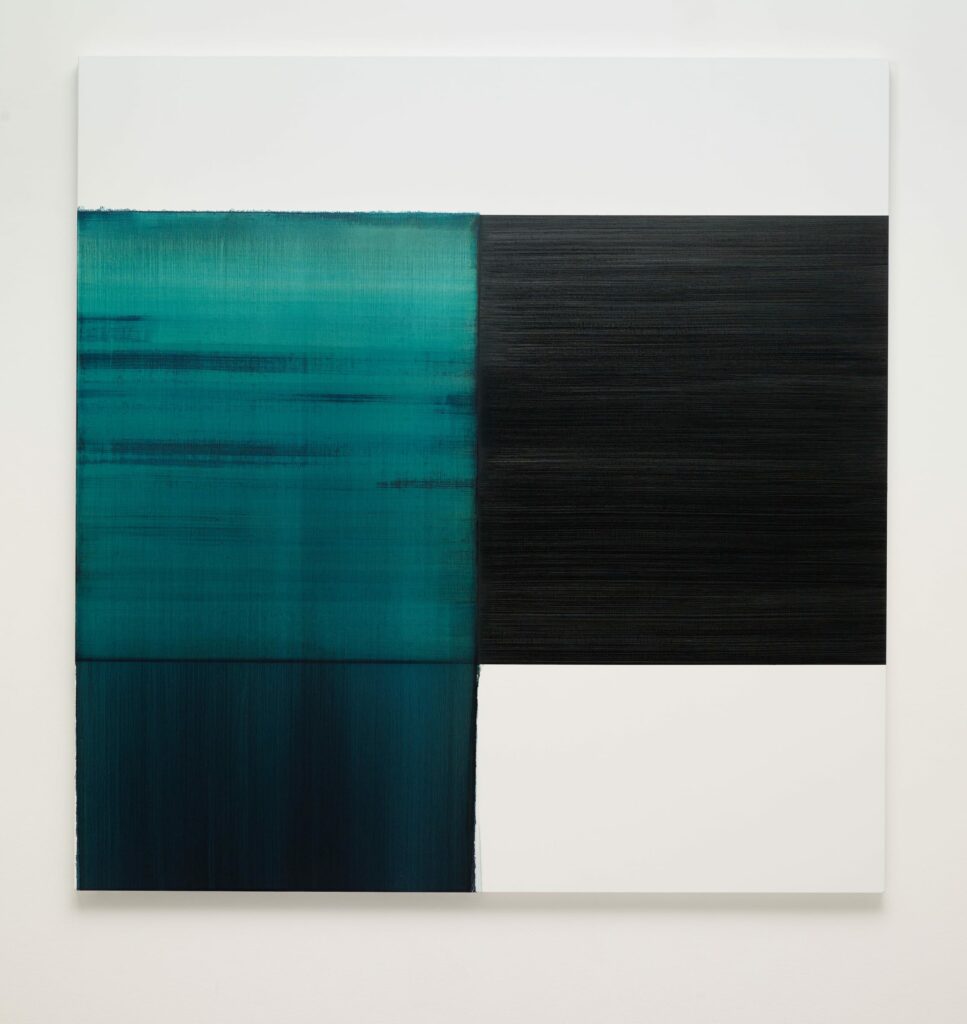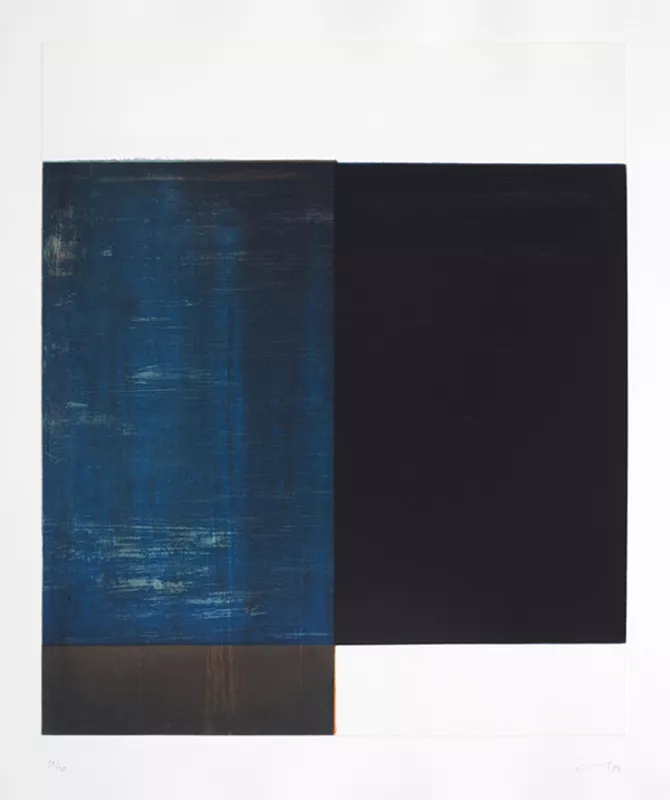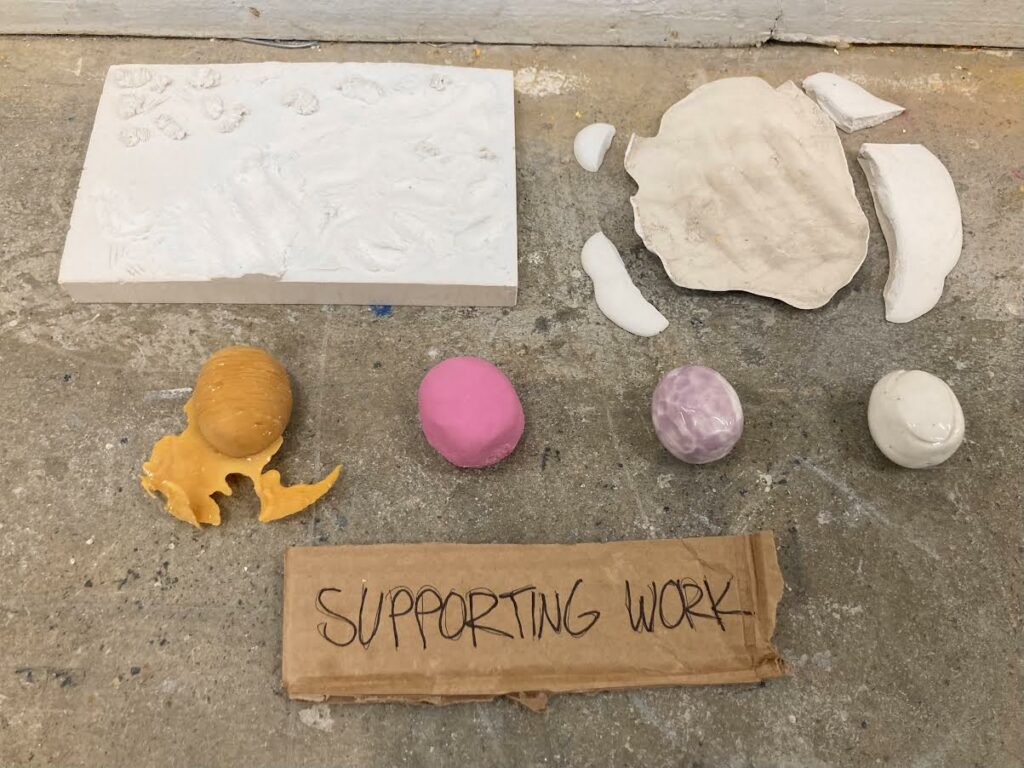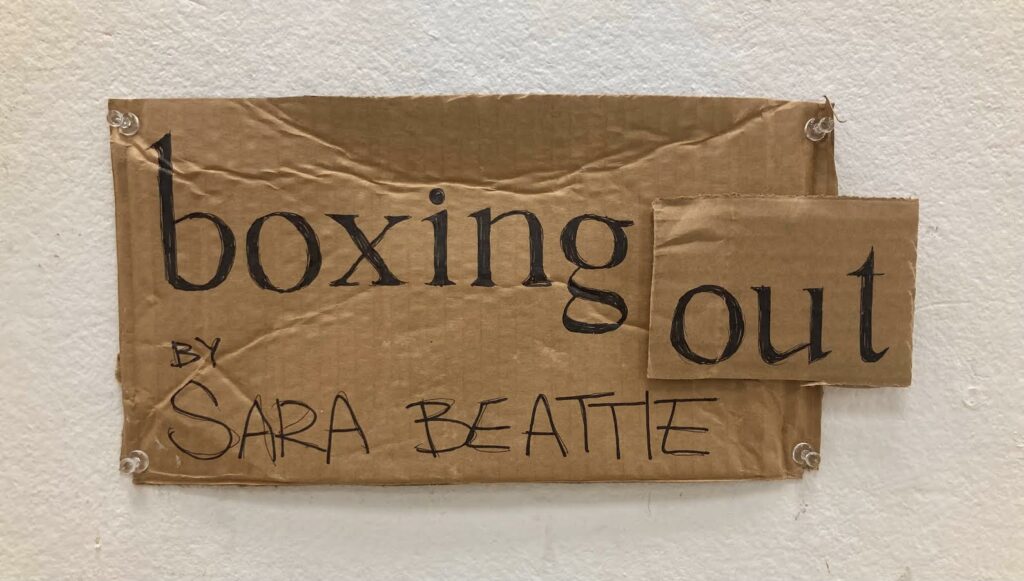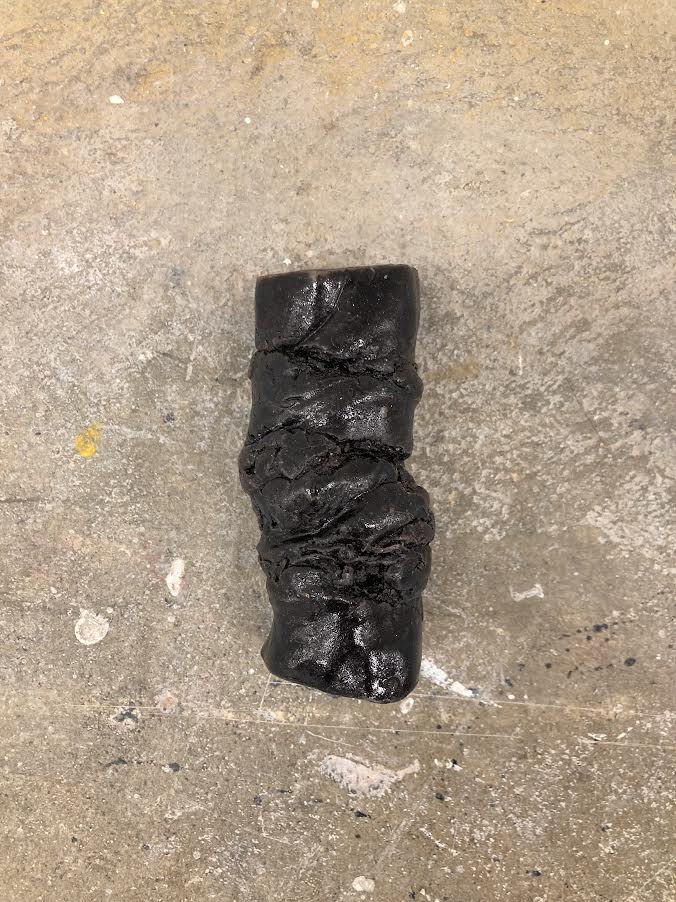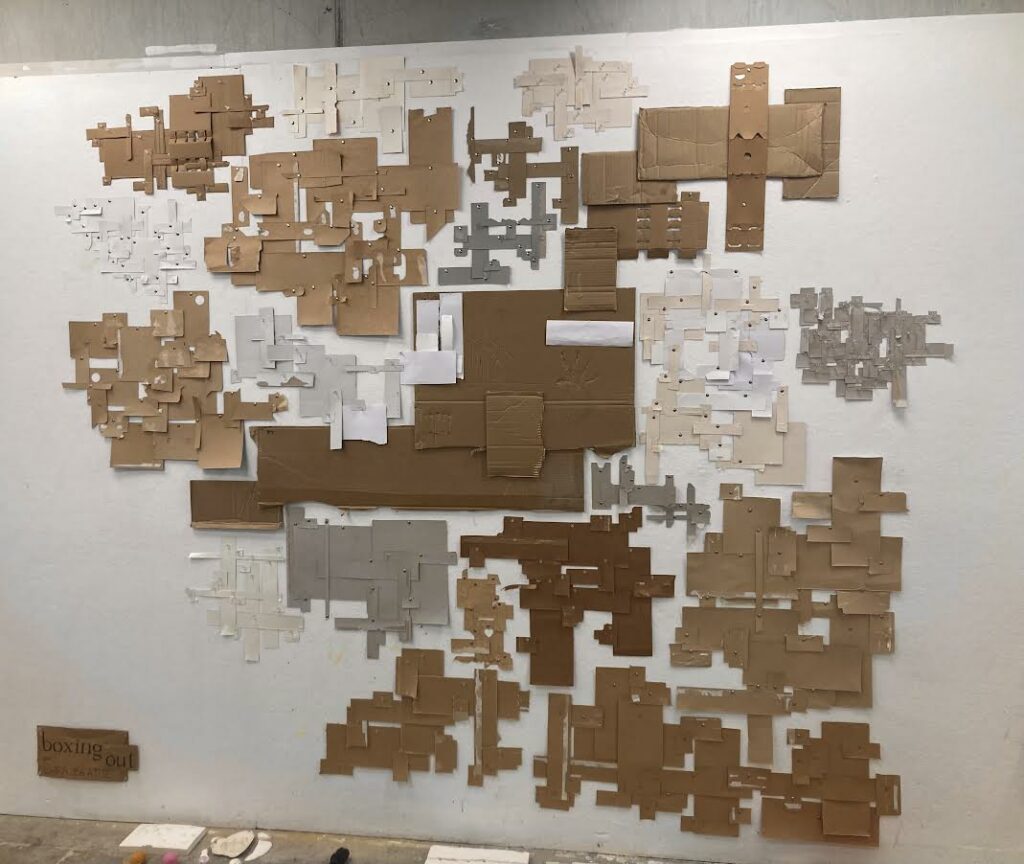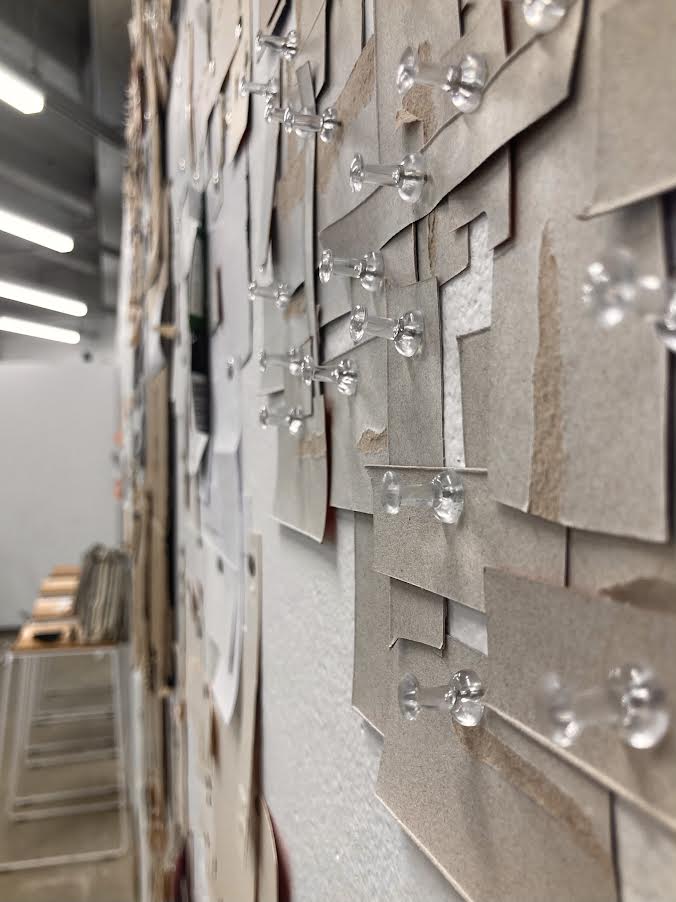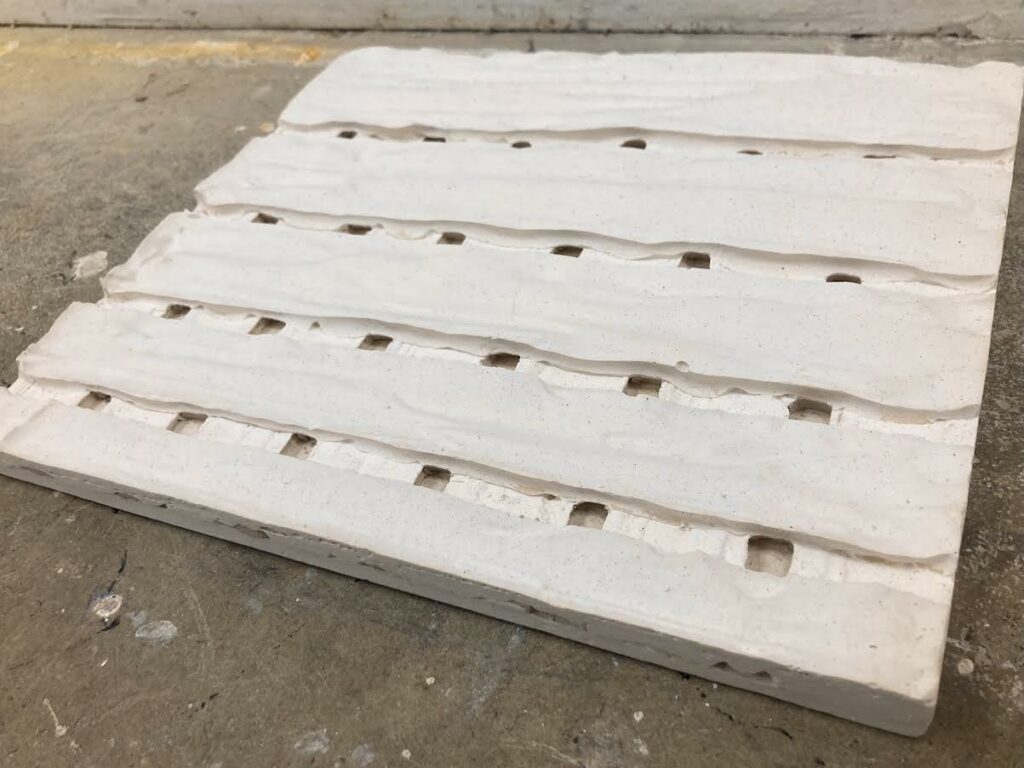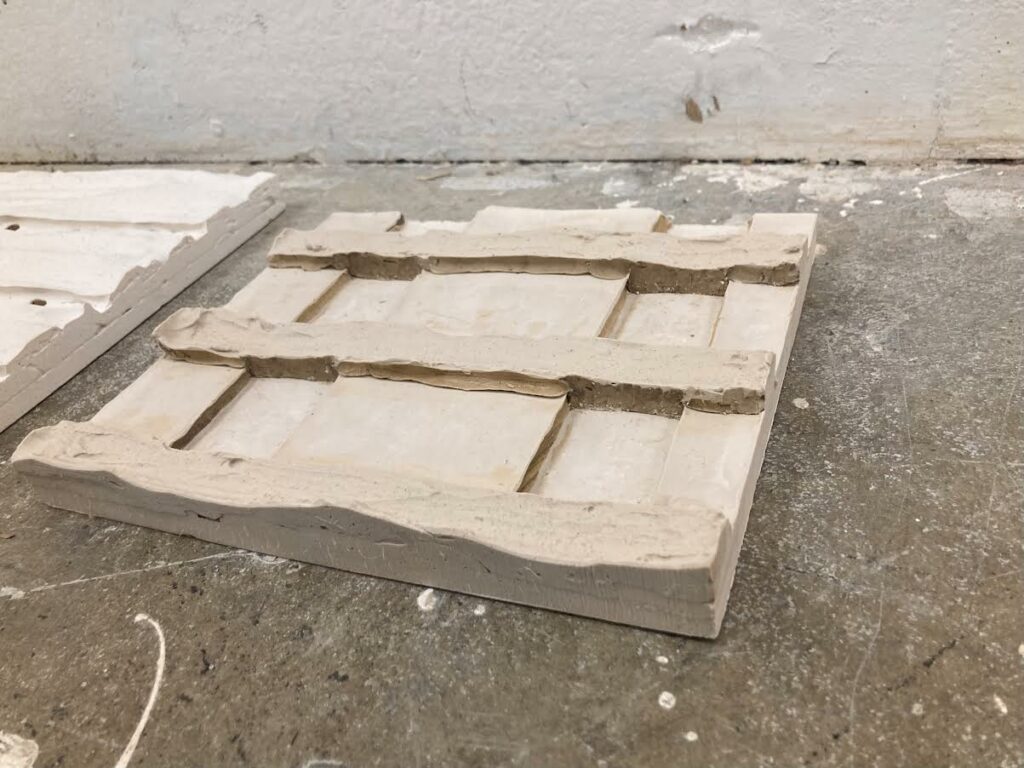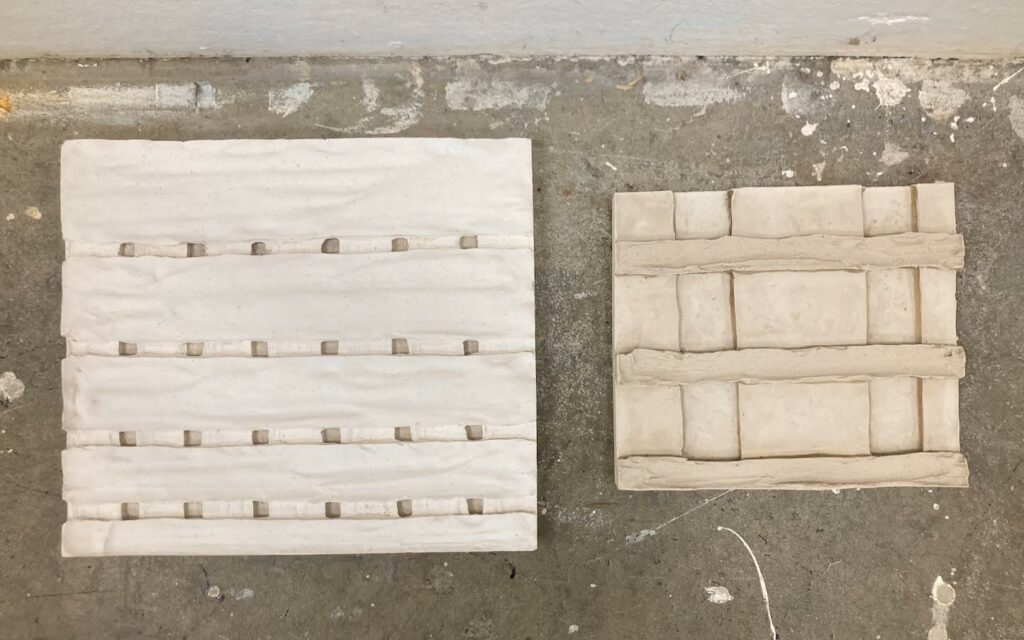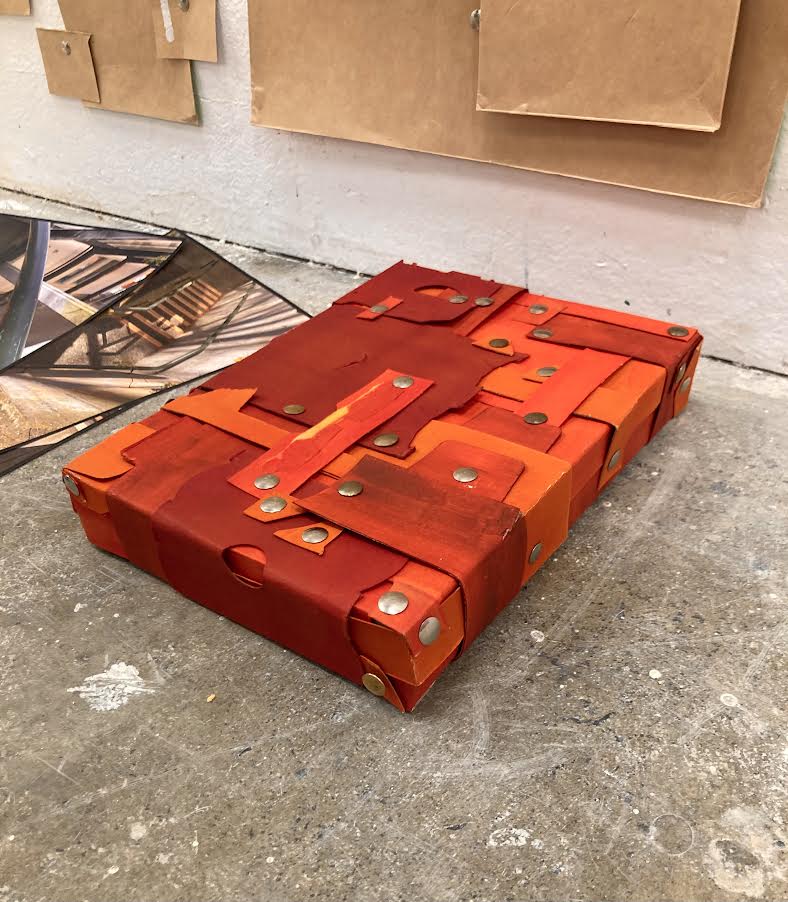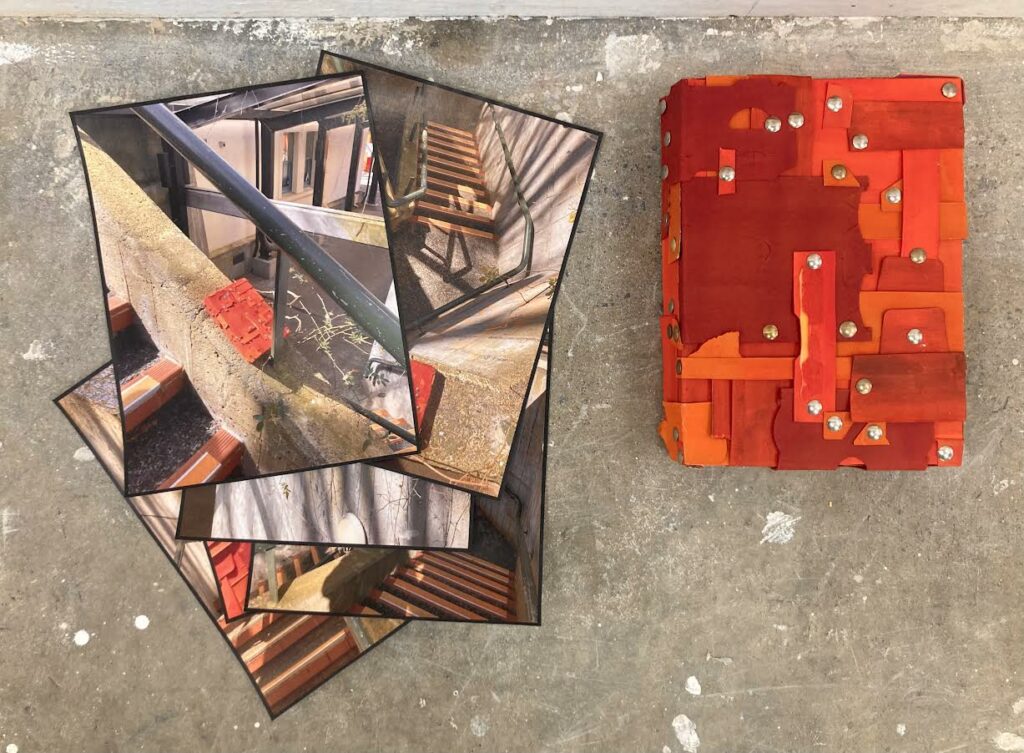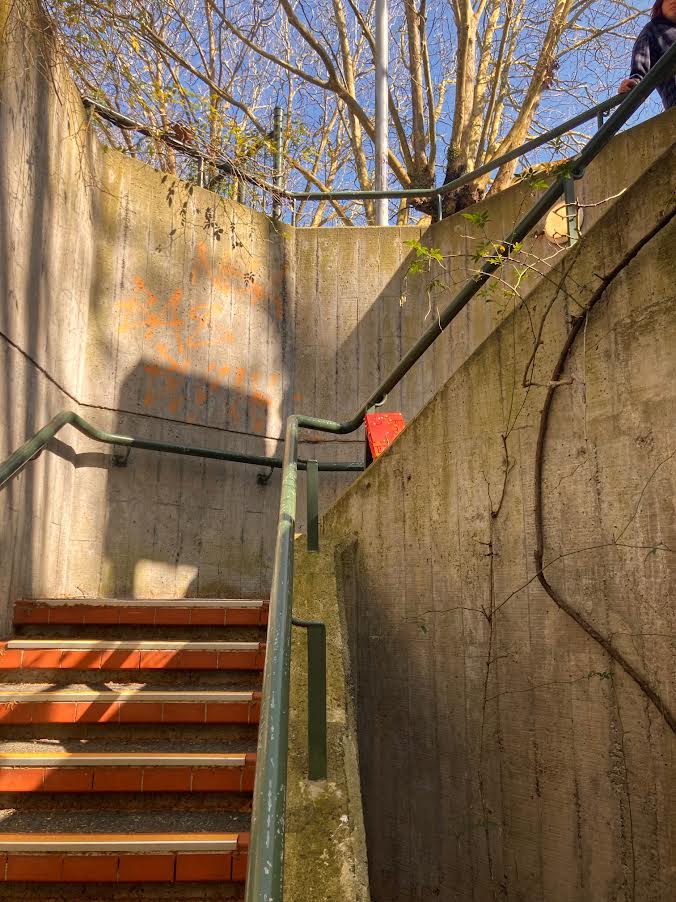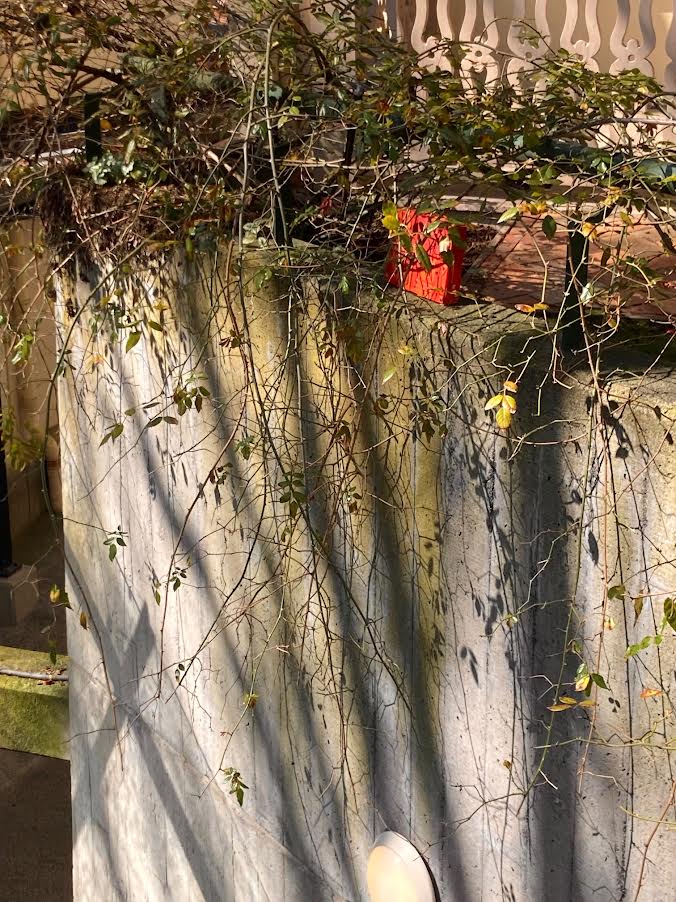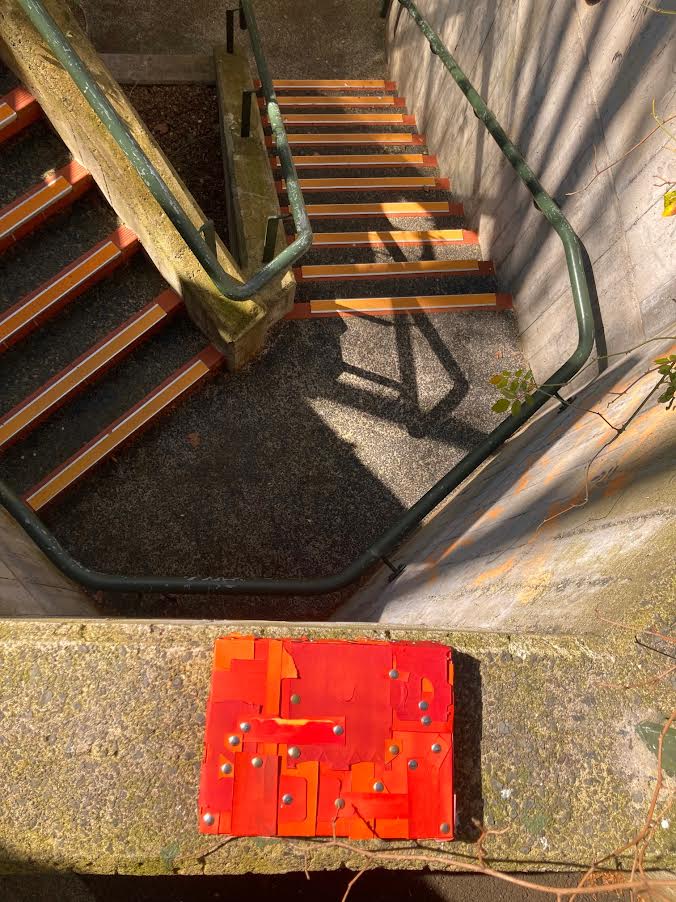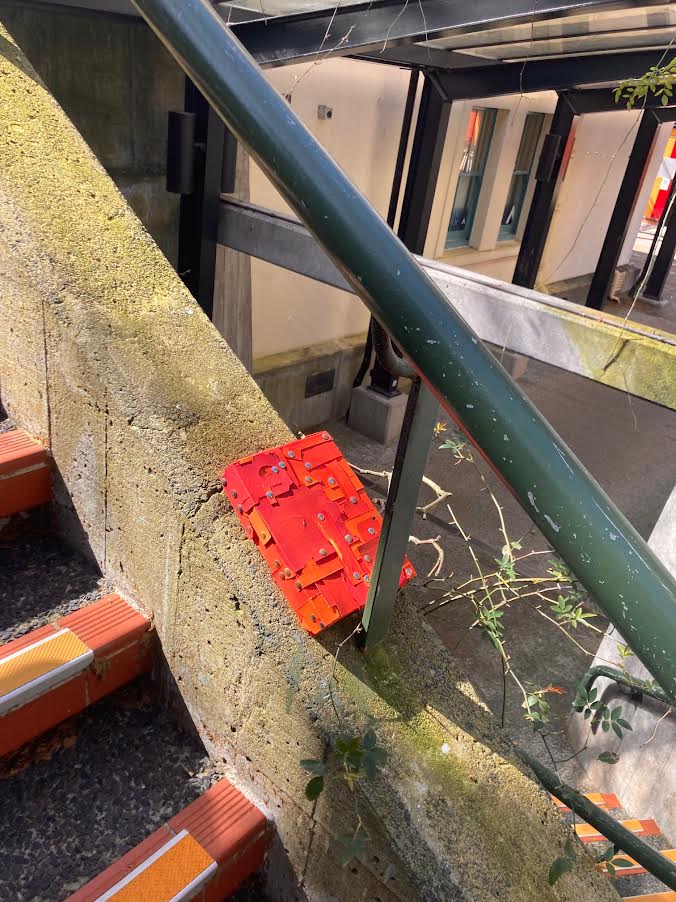Abu Hamdan, Lawrence. “Saydnaya (the missing 19db).” 2017. http://lawrenceabuhamdan.com/saydnaya
Aluli Meyer, Manulani. “Indigenous and Authentic: Hawaiian Epistemology and the Triangulation of Meaning.” In Handbook of Critical and Indigenous Methodologies, 13-14. SAGE Publications Inc., 2008.
Amnesty International. “Explore Saydnaya.” 2017. https://saydnaya.amnesty.org/
ArchitectureNow Editorial Desk. “Walls to Live Beside, Rooms to Own.” September 2, 2022. Accessed September 28, 2022. https://architecturenow.co.nz/articles/walls-to-live-beside-rooms-to-own/
Atomic Heritage Foundation. “Marshall Islands.” 2019. Accessed May 6, 2022. https://www.atomicheritage.org/location/marshall-islands.
Auckland Art Gallery Toi o Tāmaki employee, interview by author, Auckland, September 30, 2022.
Auckland Art Gallery Toi o Tāmaki. “Walls to Live Beside, Rooms to Own.” September 2022. Accessed September 28, 2022. https://www.aucklandartgallery.com/whats-on/exhibition/walls-to-live-beside-rooms-to-own-the-chartwell-show?q=%2Fwhats-on%2Fexhibition%2Fwalls-to-live-beside-rooms-to-own-the-chartwell-show
Auckland Art Gallery Toi o Tāmaki. “Life at home and housing in Aotearoa: A new Chartwell exhibition explores ‘home’.” August 11, 2022. Accessed September 28, 2022. https://cdn.aucklandunlimited.com/artgallery/assets/media/aag-chartwell-pressrelease-2022-08-11.pdf
Bailey, Peter. “Breaking the sound barrier: A historian listens to noise.” Body & Society 2, 2 (June 1996): 49-66. https://journals.sagepub.com/doi/abs/10.1177/1357034X96002002003
Beattie, Craig M., “Some bird in Central Park”. Photograph. New York. 2002. Accessed April 25, 2020.
Beattie, J., & Gibson, E. “Ralph and Rene Beattie Story: A Married Worker Couple” (2001). Accessed March 11, 2022. https://www.tellingthetruth.info/history_pioneering/beatties.php
Beattie, Sara K., “History”. Photograph. Hard to Find Books. 2022. Accessed March 17, 2022.
Bennett, Lucinda. “On Natasha Matila-Smith’s art of obsession, intimacy, and longing.” March 1, 2021. Accessed September 26, 2022. https://artnow.nz/essays/bedroom-diaries
Bertram, Geoff. “Story: South Pacific economic relations.” March 11, 2010. Accessed May 6, 2022. https://teara.govt.nz/en/photograph/24245/banaba-before-and-after-mining#:~:text=The%20small%20and%20beautiful%20island,to%20extract%20the%20phosphate%20rock.
Bourdieu, Pierre. The Logic of Practice. Cambridge, UK: Polity Press, 1990.
Chumko, Andre. ”Seeing the universe in a grain of sand.” November 21, 2020. Accessed September 29, 2022. https://eds-p-ebscohost-com.ezproxy.aut.ac.nz/eds/detail/detail?vid=0&sid=bce06bc9-ad2e-4be6-8b99-082dd38f57d5%40redis&bdata=JnNpdGU9ZWRzLWxpdmU%3d#AN=DOM201121A0121153549545-BZ&db=anh
City Gallery Wellington. “More than Human: Panel Discussion.” February 4, 2021. Accessed September 30, 2022. https://citygallery.org.nz/events/more-than-human-panel-discussion/
City Gallery Wellington. “Zac Langdon-Pole: Containing Multitudes.” November 2020. Accessed September 30, 2022. https://citygallery.org.nz/exhibitions/containing-multitudes/
Cook, Roger. “Andy Warhol, Capitalism, Culture, and Camp.” Space & Culture 6, 1 (February 2003): 66-76. https://journals-sagepub-com.ezproxy.aut.ac.nz/doi/pdf/10.1177/1206331202238963
Corse, Lisa M. “The Art of Kintsugi.” June 1, 2021. Accessed September 29, 2022. https://eds-s-ebscohost-com.ezproxy.aut.ac.nz/eds/detail/detail?vid=0&sid=833b43d0-5fe2-4ffc-8cfd-7264ed806697%40redis&bdata=JnNpdGU9ZWRzLWxpdmU%3d#AN=150273331&db=anh
Dibbell, Julian. “How to Handcraft an Achingly Self-Referential Virtual Commodity Fetish Object (For Fun and Profit!).” Art & Science, 11 (2012): 159-177. https://link-springer-com.ezproxy.aut.ac.nz/content/pdf/10.1007/978-94-007-2082-4.pdf
Dictionary.com. “Thesaurus.com.” 1999-. Accessed May 13, 2022. https://www.thesaurus.com/
Drozdova, Polina, Roeland van Hout and Odette Scharenborg. “Talker-familiarity benefit in non-native recognition memory and word identification: The role of listening conditions and profiency.” Attention, Perception & Psychophysics 81, 5 (July 2019): 1675-1697. https://link-springer-com.ezproxy.aut.ac.nz/article/10.3758/s13414-018-01657-5
Harper, Douglas. “Online Etymology Dictionary.” 2001-. Accessed May 13, 2022. https://www.etymonline.com/
Hund, Wulf D. It Must Come from Europe: The Racisms of Immanuel Kant. LIT Verlag Munster, 2011. https://books.google.co.nz/books?id=pkBH3LlRYeUC&pg=PA77&lpg=PA77&dq=systematically+interwoven:+%E2%80%9CProgress%E2%80%9D+has+a+skin+colour.+It+is+seen+as+an+expression+of+the+cultural+abilities+of+the+white+race&source=bl&ots=oV0i8fhJDU&sig=ACfU3U15qHnEDQT32rwyYBn-_b28ah5EBA&hl=en&sa=X&ved=2ahUKEwj36N2K6qT5AhU5SGwGHZytClsQ6AF6BAgCEAM#v=onepage&q=systematically%20interwoven%3A%20%E2%80%9CProgress%E2%80%9D%20has%20a%20skin%20colour.%20It%20is%20seen%20as%20an%20expression%20of%20the%20cultural%20abilities%20of%20the%20white%20race&f=false
Ibrahim, Ronia. “All That Glitters is Gone.” November 22, 2021. Accessed September 26, 2022. https://www.pantograph-punch.com/posts/all-that-glitters-is-gone
Lacy, Kirsten. Walls to Live Beside, Rooms to Own. Auckland: Auckland Art Gallery Toi o Tāmaki, 2022. Published following the exhibition Walls to Live Beside, Rooms to Own at the Auckland Art Gallery Toi o Tāmaki, Auckland.
Leonard, Robert. “Zac Langdon-Pole: Containing Multitudes: Publication Essay.” November 2020. Accessed September 30, 2022. https://citygallery.org.nz/documents/zac-langdon-pole-containing-multitudes-publication-essay/
Leonard, R., T. Corballis, J. Randerson, E. Case, and O. Gasser. “More than Human.” February 4, 2022. Accessed September 30, 2022. https://citygallery.org.nz/blog/more-than-human/
Letherby, Gayle, John Scott, and Malcom Williams. Objectivity and Subjectivity in Social Research. SAGE Publications Inc., 2013. https://web-p-ebscohost-com.ezproxy.aut.ac.nz/ehost/detail?sid=a5bec52b-ea16-419b-90f4-ffe8c2b73b65%40redis&vid=0&format=EB#AN=1099403&db=nlebk
Lopesi, Lana. “Te Moana-Nui-A-Kiwa, The Great Continent.” In False Divides, 22-33. BWB Texts, 2018.
Lopesi, Lana. “Te Moana-Nui-A-Kiwa, The Great Continent.” In False Divides, 27. BWB Texts, 2018.
Marx, Karl. Capital: A Critique of Political Economy. Germany: Verlag von Otto Meisner, 1867.
Vande Viere, Frank. “The Fetish Character of the Work of Art and Its Secret.” Art & Science, 11 (2012): 93-100. https://link-springer-com.ezproxy.aut.ac.nz/content/pdf/10.1007/978-94-007-2082-4.pdf
Muller, Jurgen. “The sound of history and acoustic memory: Where psychology and history converge.” Culture & Psychology 18, 4 (December 2012): 443-464. https://journals-sagepub-com.ezproxy.aut.ac.nz/doi/pdf/10.1177/1354067X12456716
Otto, Michael, “Famous Bookshop next to St. Ben’s”, July 23, 2018. Accessed March 17, 2022.
Outram, Dorinda. The Enlightenment. Cambridge University Press, 1995. https://www.tau.ac.il/~corry/teaching/histint/download/Outram%20-%20Enlightenment.pdf
Rao, Shakuntala, and Herman Wasserman. Global Media Ethics Revisited: A Postcolonial Critique. SAGE Publications Ltd., 2007. https://journals-sagepub-com.ezproxy.aut.ac.nz/doi/pdf/10.1177/1742766507074358
Russell Lawrence, David. “The Naturalist and his ‘Beautiful Islands’: Charles Morris Woodford in the Western Pacific.” 2014. Accessed May 6, 2022. https://www.jstor.org/stable/j.ctt13wwvg4.10?seq=6.
Seah, Naomii. “Steel the show: How Yona Lee’s new exhibition is breaking boundaries.” May 15, 2022. Accessed September 26, 2022. https://thespinoff.co.nz/society/15-05-2022/steel-the-show-how-yona-lees-new-exhibition-is-breaking-boundaries
Totua, Taualofa. “You Need to See Āhua Today.” February 9, 2022. Accessed September 26, 2022. https://www.pantograph-punch.com/posts/see-ahua-today
Warhol, Andy. POPism: The Warhol Sixties. New York: Harcourt Brace Jovanovich, 1980.
Wasasala, Jahra. “Seeing and Feeling the Essence of Lisa Reihana.” September 11, 2022. Accessed September 26, 2022. https://www.pantograph-punch.com/posts/seeing-and-feeling-the-essence-of-lisa-reihana
Wigger, Iris, and Spencer Hadley. Angelo Soliman: Desecrated Bodies and the Spectre of Enlightenment Racism. SAGE Publications Ltd., 2020. https://journals-sagepub-com.ezproxy.aut.ac.nz/doi/10.1177/0306396820942470










